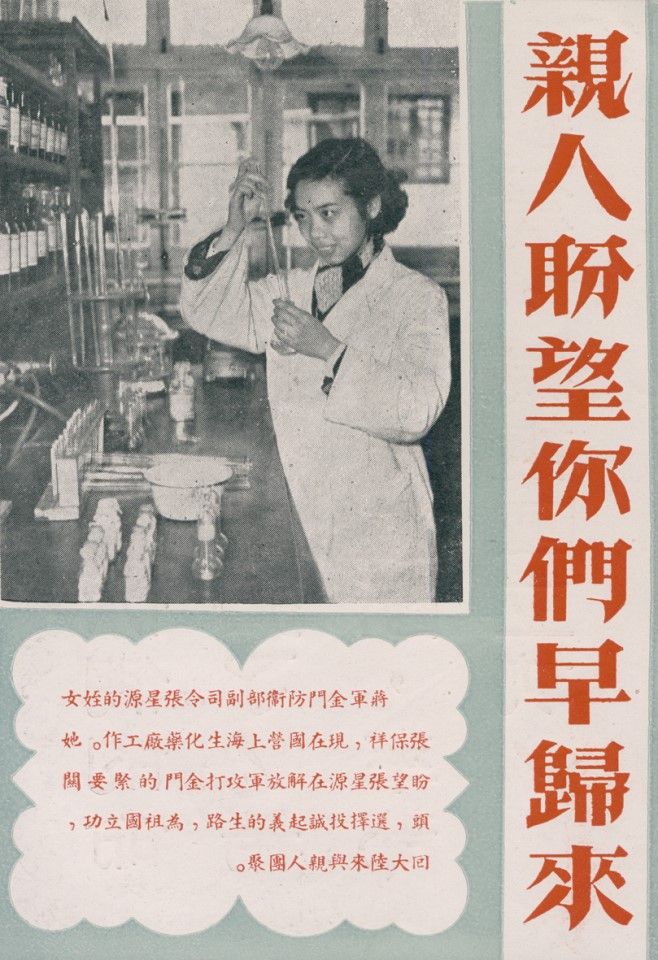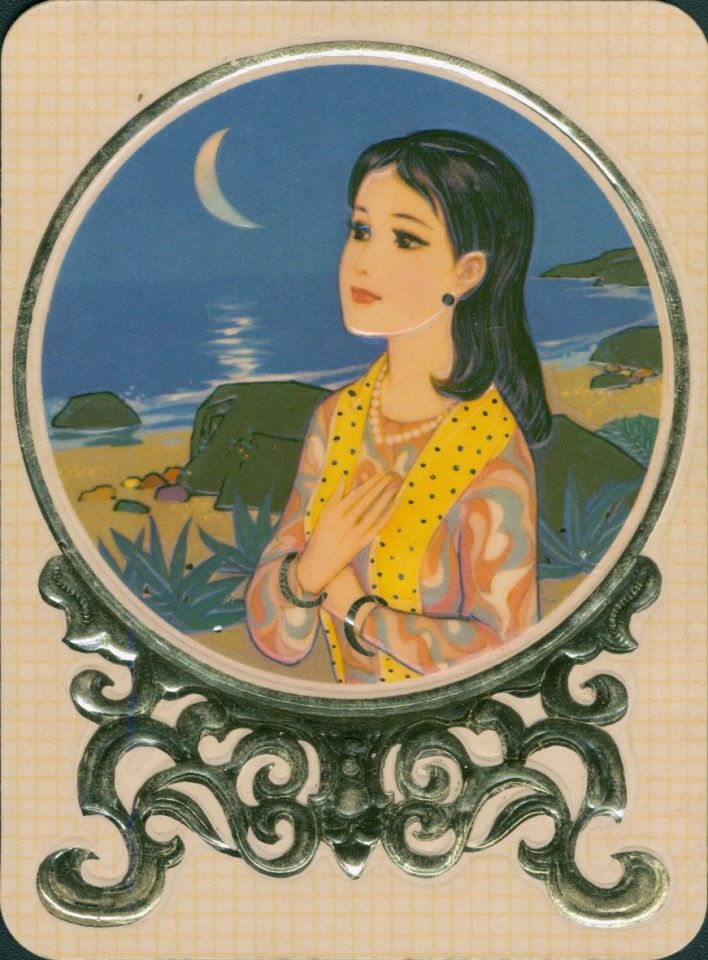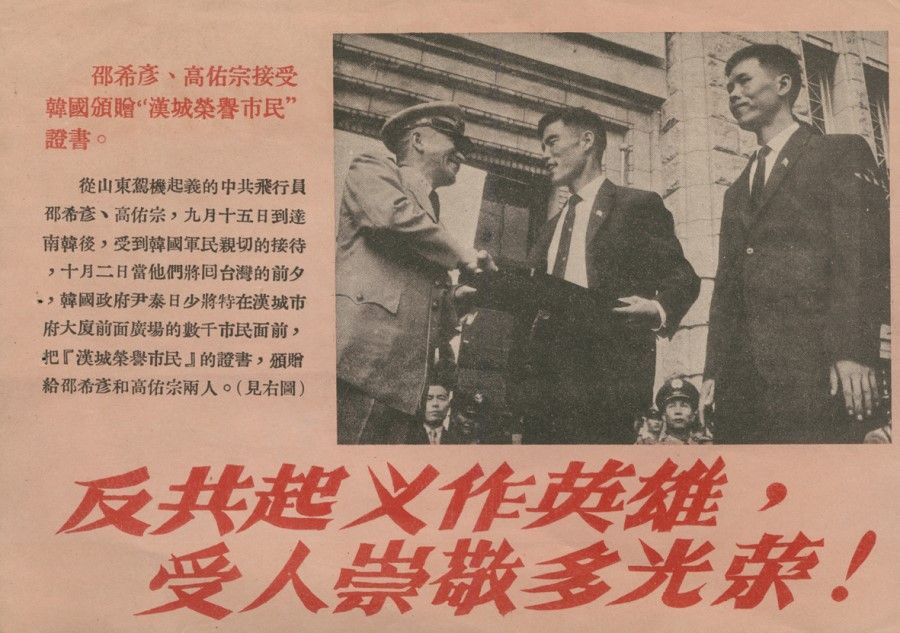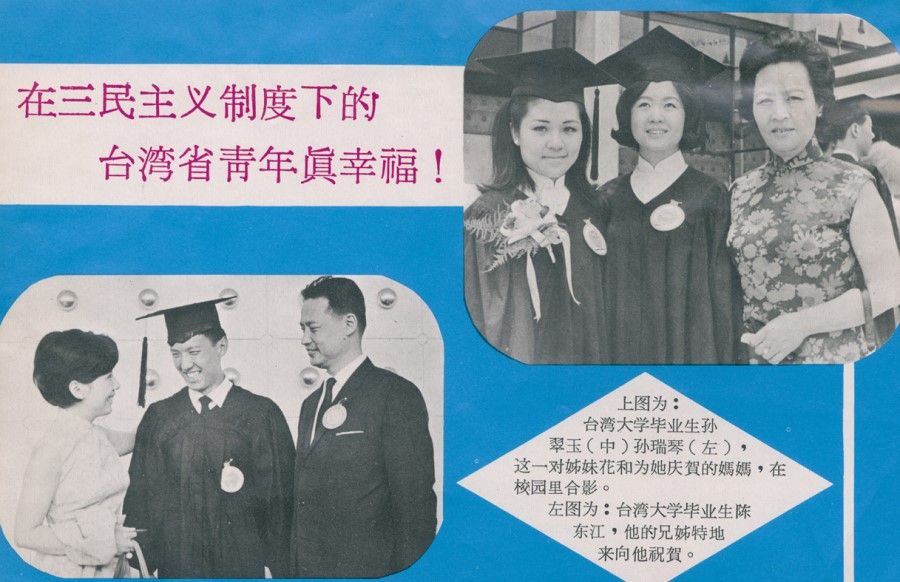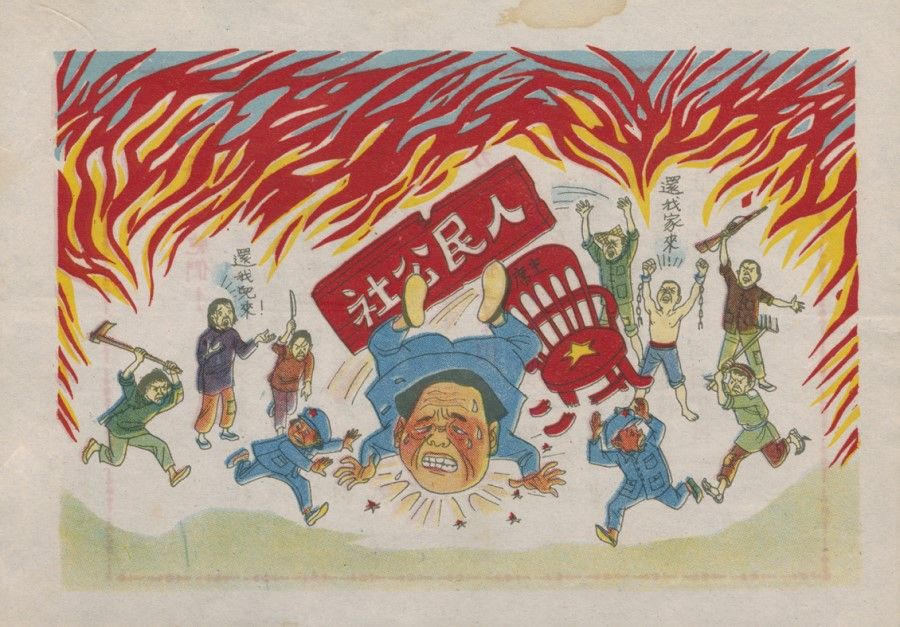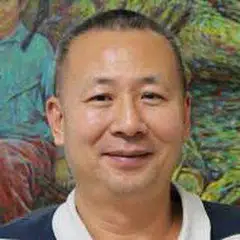The Taiwan Strait Crises of the 1950s and the evolution of Sino-US relations [Photo story]
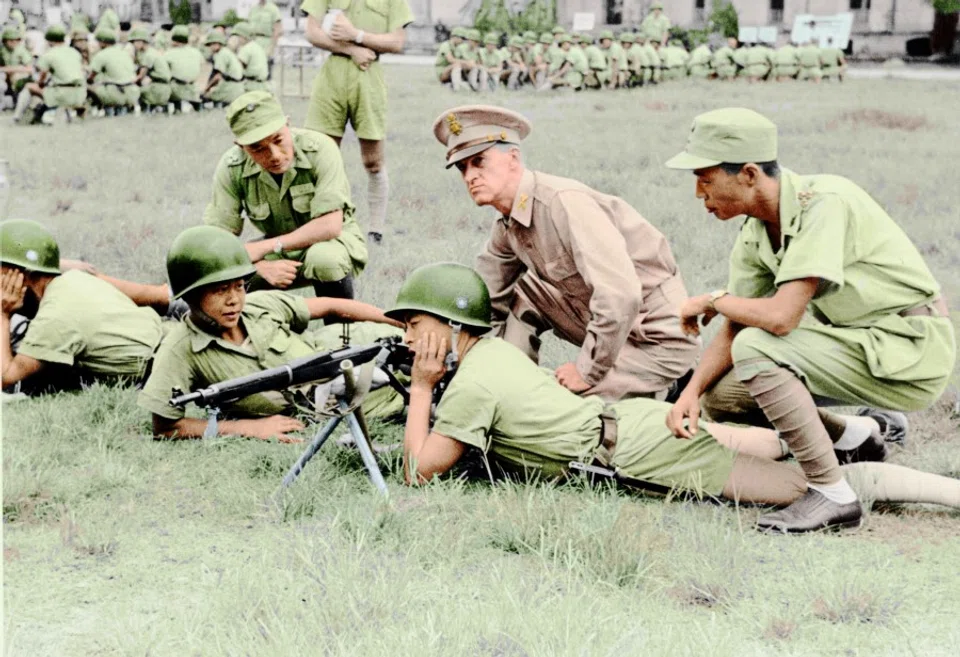
(All photographs courtesy of Hsu Chung-mao.)
As an extension of the civil war in China between the Kuomintang (KMT) and the Chinese Communist Party (CCP), the 1950s saw a decade of intense aerial and naval battles as well as tussles over islands in the Taiwan Strait near the coasts of Fujian province. This was also closely linked to the US's shifting strategy in the West Pacific, as well as core elements of China-US relations.
In August 1949, during the Chinese civil war, the People's Liberation Army (PLA) was attacking southward and captured Shanghai and Nanjing, and was sweeping through southern and central China, while the Nationalist government was on the retreat. At this point, the US government released the China White Paper strongly criticising the Chiang Kai-shek government, noting that it was incompetent and had lost the support of the people, while its troops were at low morale. The paper said that the Nationalist government's failures in the civil war had nothing to do with the US government, and the US would no longer provide any assistance.
US wanted to stay out of the fray
To prevent Taiwan from falling into the hands of the CCP, the US did hold internal discussions on how to get Taiwan to break away from China, but this was not accepted by the Department of State. On 1 October, the People's Republic of China (PRC) was established. In November, the Nationalist government moved from Guangzhou to Taipei, and settled in Taiwan.
In January 1950, US President Harry Truman issued a statement that the US had no intention of "utilising its Armed Forces to interfere in the present situation" and that the US government "will not pursue a course which will lead to involvement in the civil conflict in China". This meant that it would not stop CCP troops from crossing the sea and taking Taiwan. The US had fought shoulder to shoulder with the Nationalist government during World War II, as allies against Japan's military imperialism. But when the Nationalist government failed, the US disclaimed responsibility for the failure of its policy towards China, showing the pragmatic side of US policy.
The Korean War changed everything
The PLA was beaten back while attacking Kinmen in Fujian in late October 1949, but it quickly regrouped. In the spring of 1950, the PLA gathered 500,000 troops along the coast of Fujian in preparation to cross the sea to take over Taiwan. However, in June 1950, the Korean War broke out, changing the course of history. To stop the spread of communist forces, the US government immediately announced the deployment of aircraft carriers to the Taiwan Strait. On its part, the CCP also moved the PLA northwards, and Taiwan and the mainland henceforth entered a long standoff.
Apart from sending US naval vessels as an added defence for Taiwan, a US advisory group was also dispatched to Taiwan, while a steady stream of weapons, military supplies, and food was transported there. It must be said that while the Nationalist government only held Taiwan, Penghu, and some islands in the waters around Zhejiang and Fujian, the US still recognised the Republic of China (ROC) government as the only legitimate government representing China, and supported it retaining its seat as a permanent member of the UN Security Council, and urged its allies to adopt a similar policy.
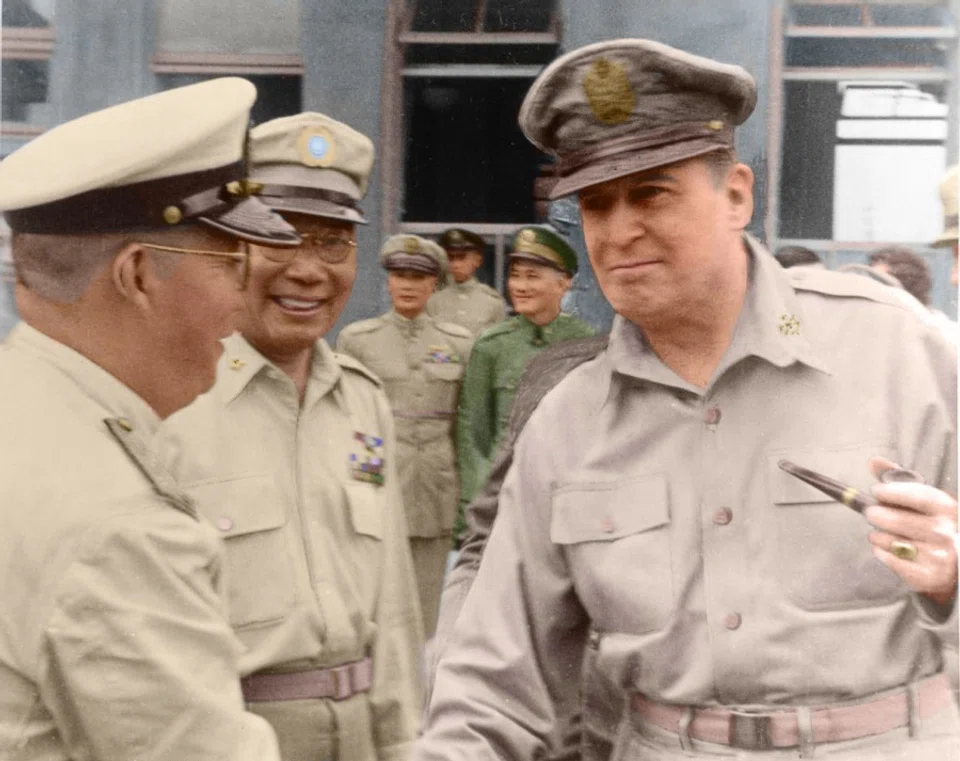
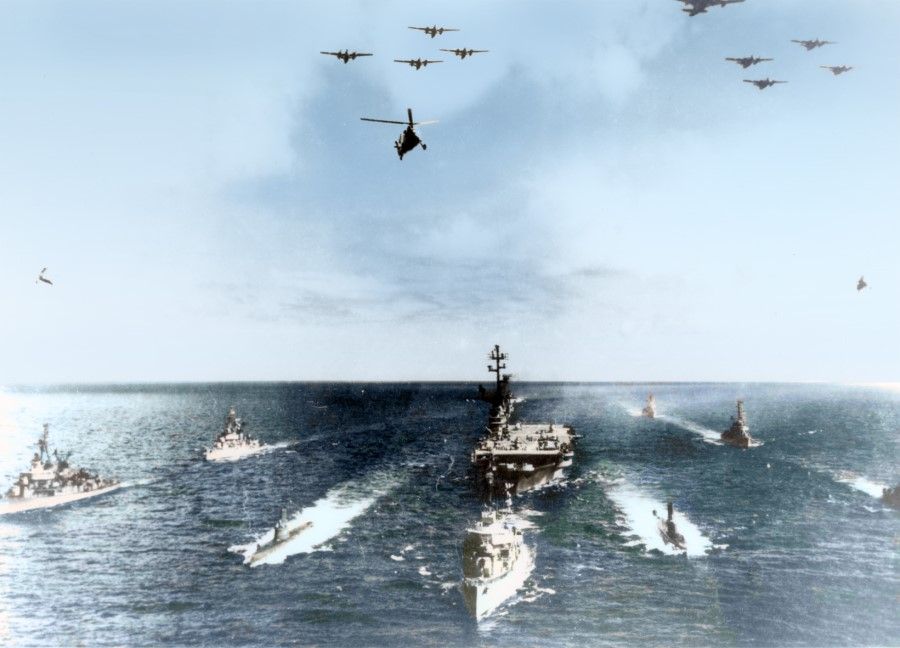
The US resumed its support of the Nationalist government, and was a great help to the Chiang Kai-shek government. However, there was occasional friction between both sides. President Chiang not only wanted to protect Taiwan, but wanted to go one step further and launch a counterattack on the mainland, and occasionally initiated fierce naval and aerial fighting with the PLA along the Fujian coast.
At this time, the KMT army had the advantage in terms of its navy and air force, and could afford to take the offensive. To avoid getting embroiled in Chiang Kai-shek's counterattacking plans, the US government's response was sometimes vague and ambiguous. At the same time, many KMT troops overseas made their way to Taiwan, including about 30,000 former KMT soldiers and their families who made the journey in 1953 via Vietnam.
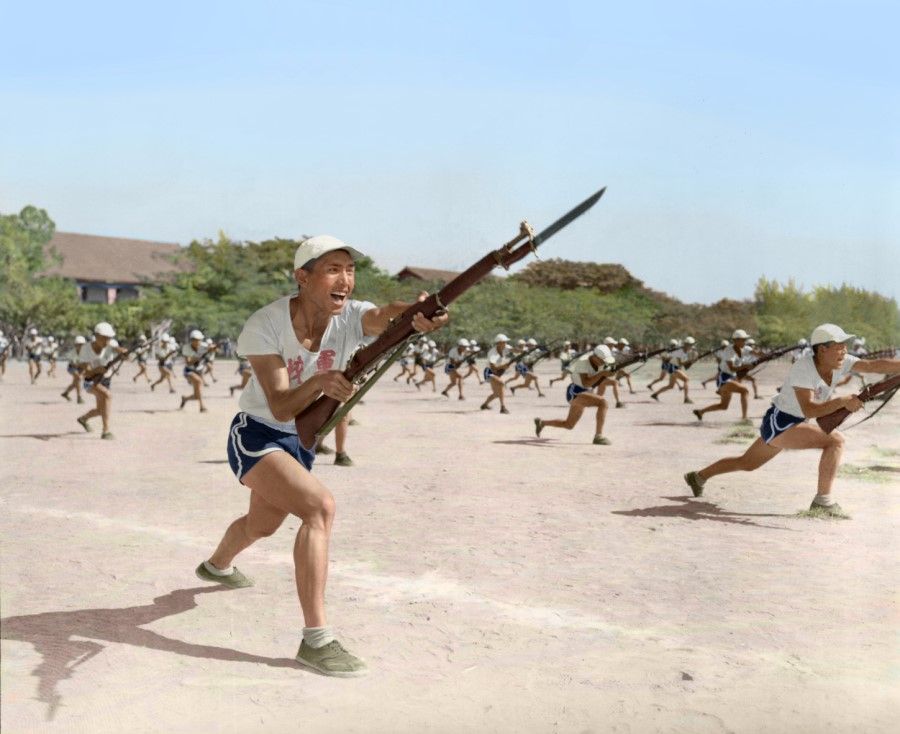

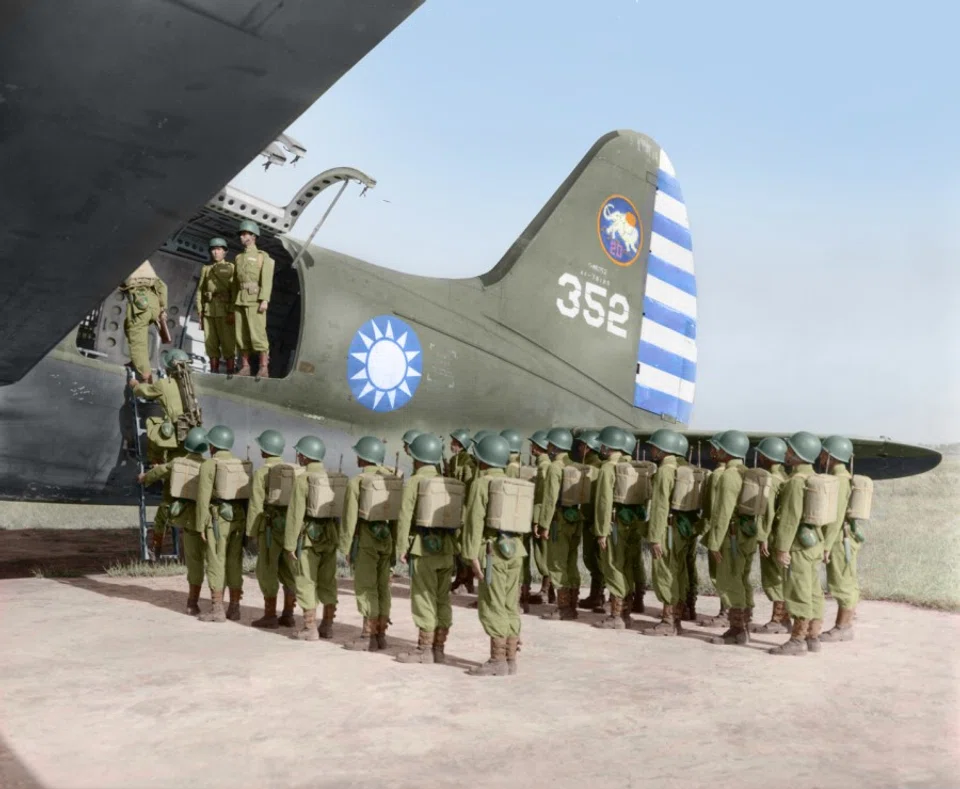
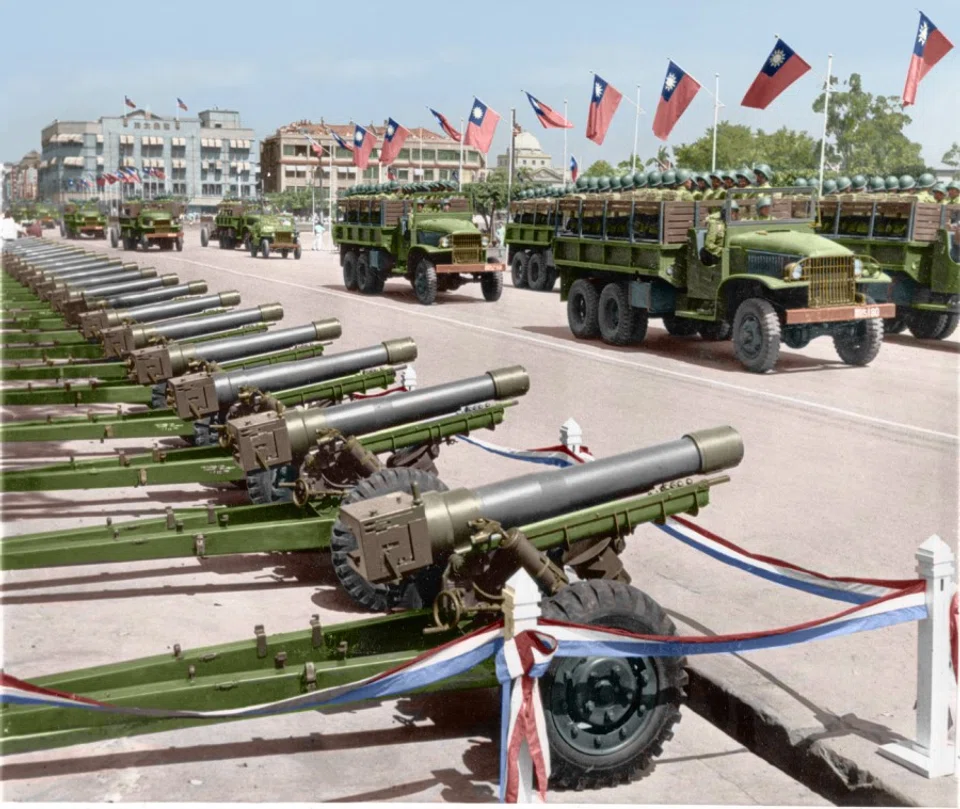
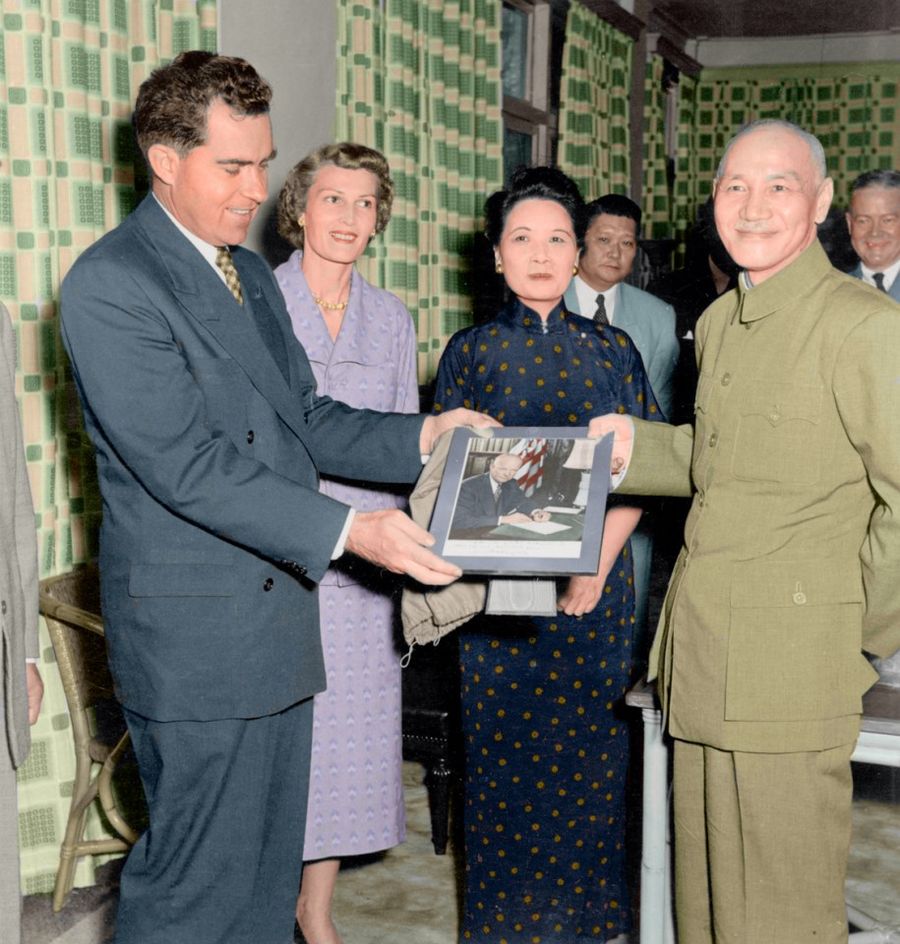
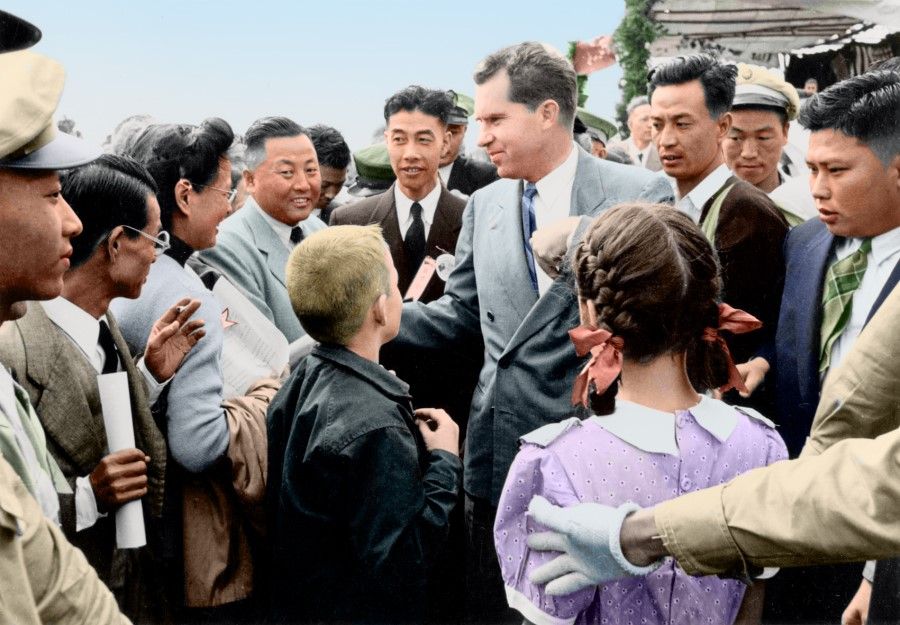

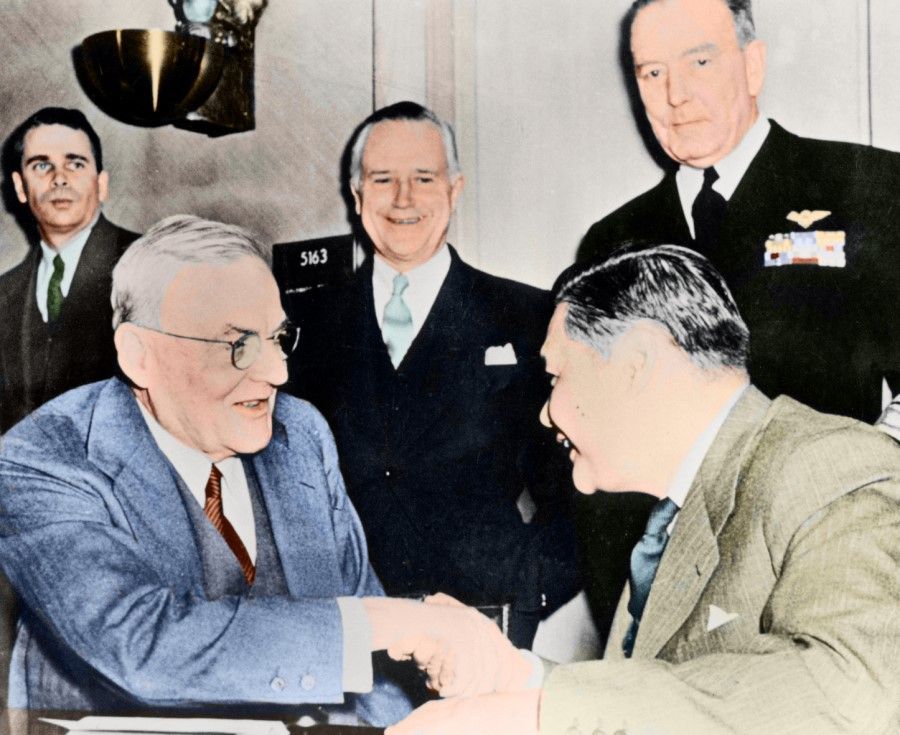
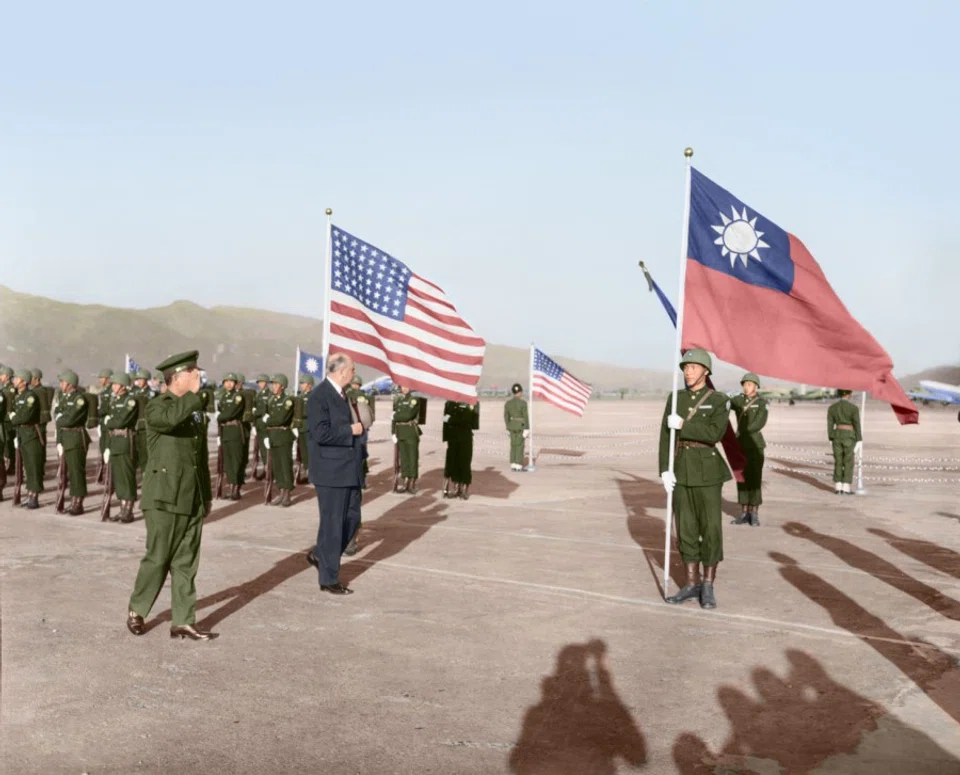
Many of the 10,000 or so Korean War PLA volunteer troops who came to Taiwan in 1954 were originally also from the Nationalist army. It was because they lost in the Chinese civil war that they joined the PLA, and were sent to fight against the US troops as volunteers in the Korean War. After they were captured, they chose to come to Taiwan, and in a twist of fate, rejoined the Nationalist troops. And in 1955, another group of about 30,000 Nationalist troops and civilians were evacuated from the Dachen islands off Zhejiang to Taiwan.
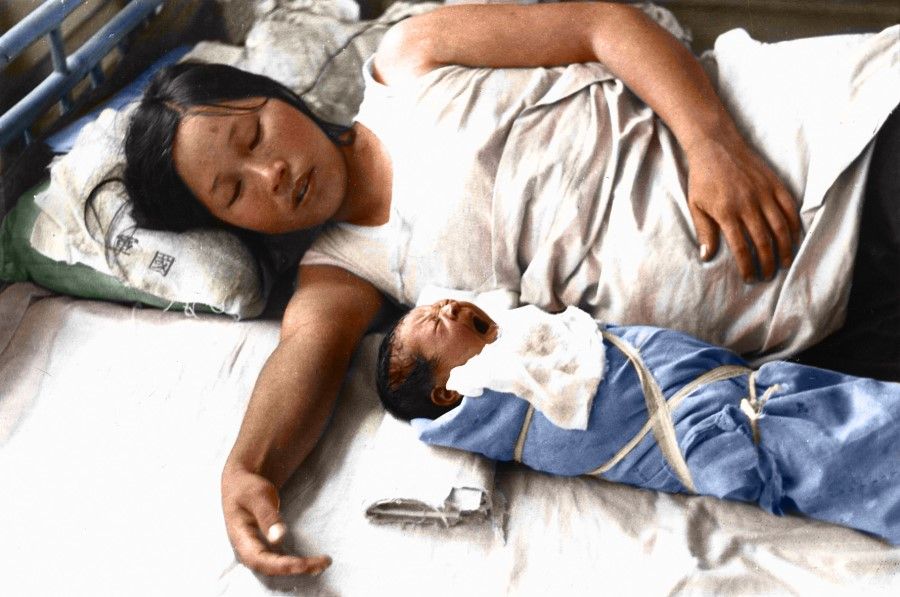
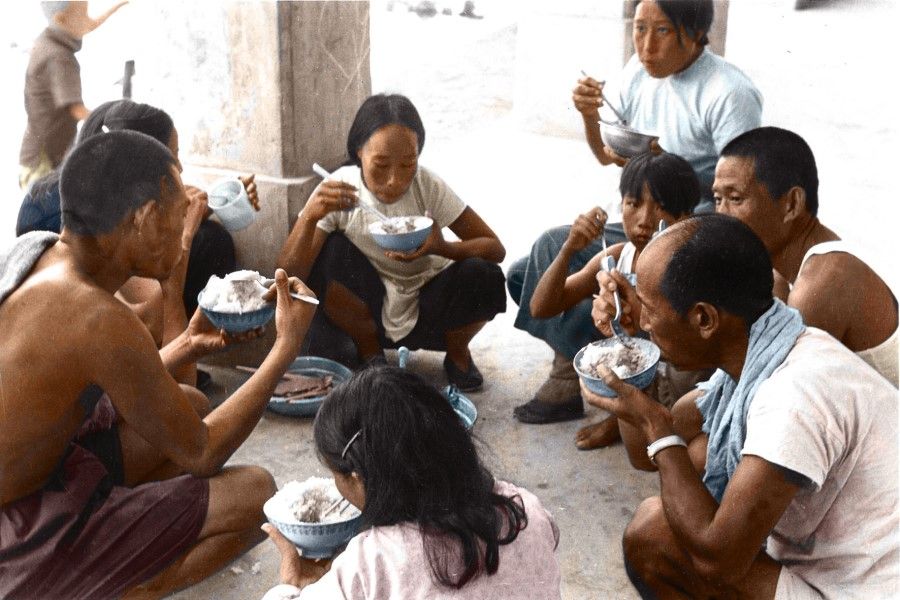
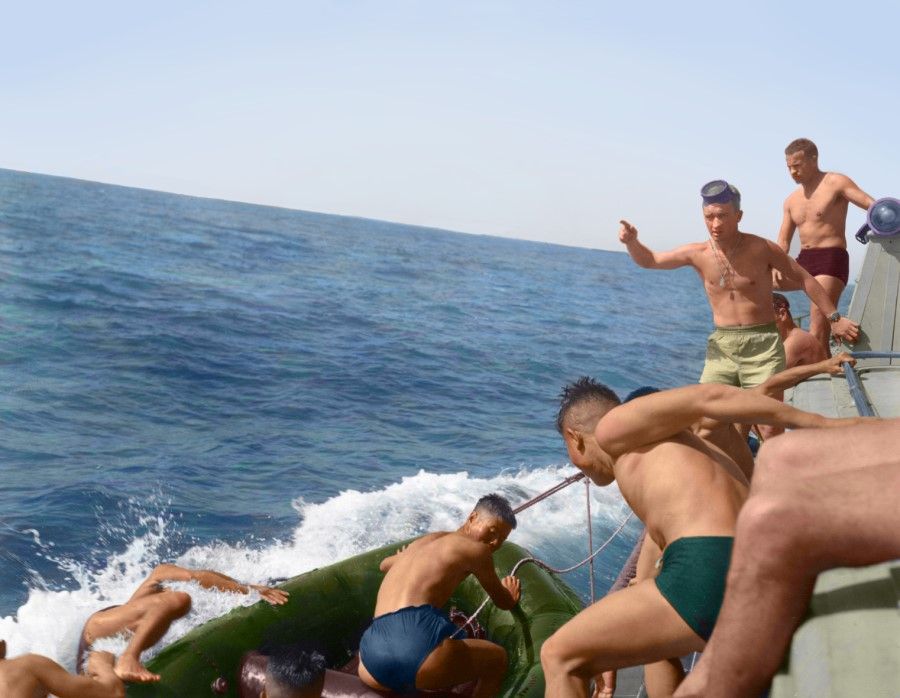


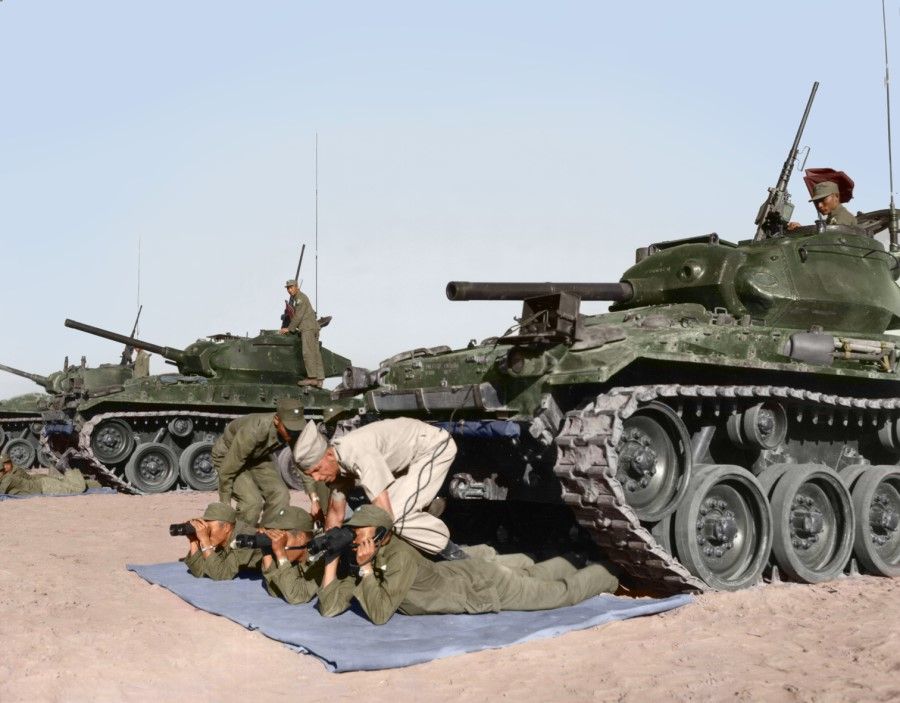
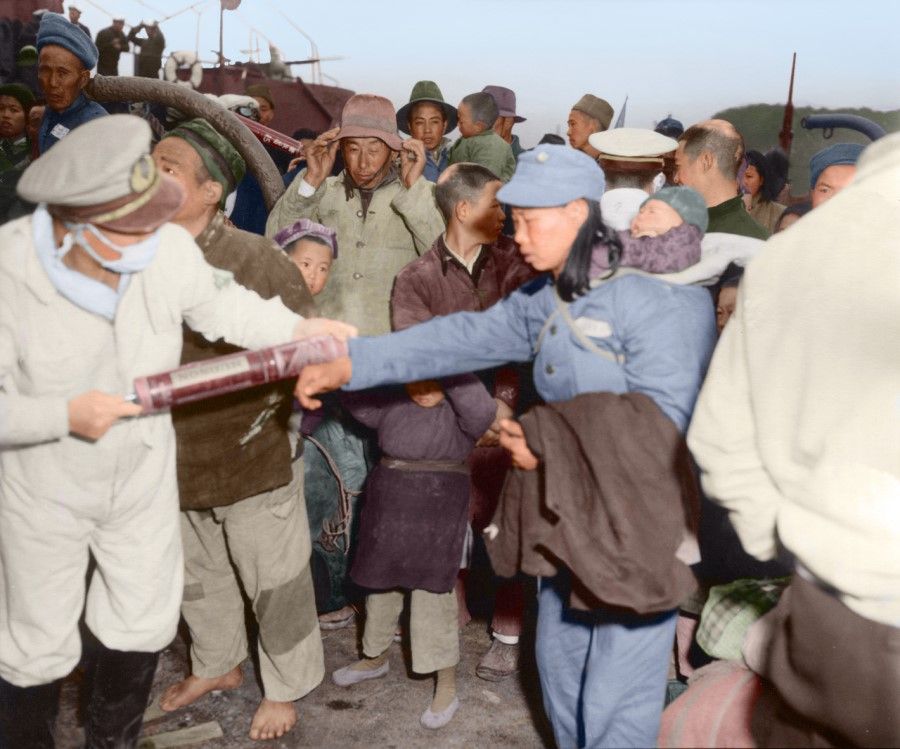
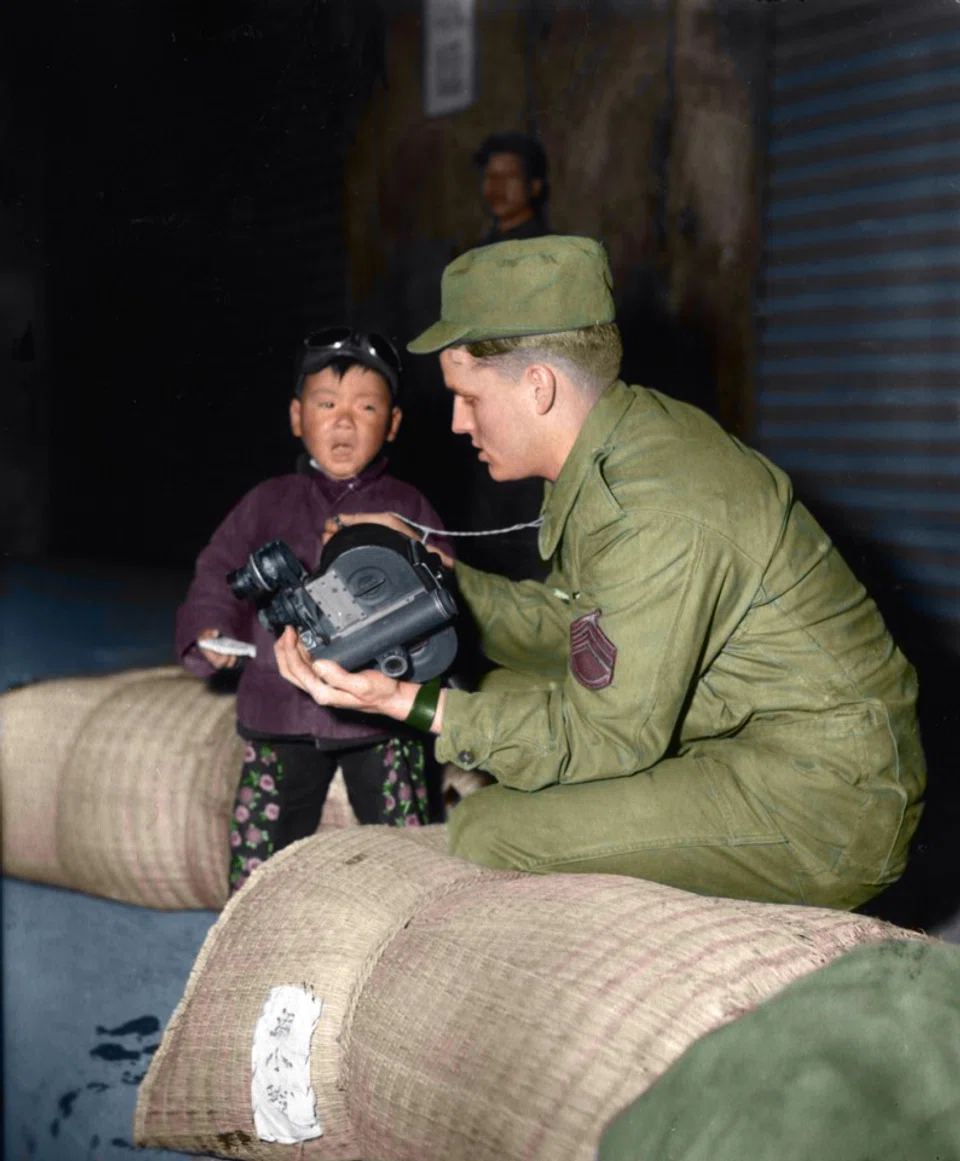
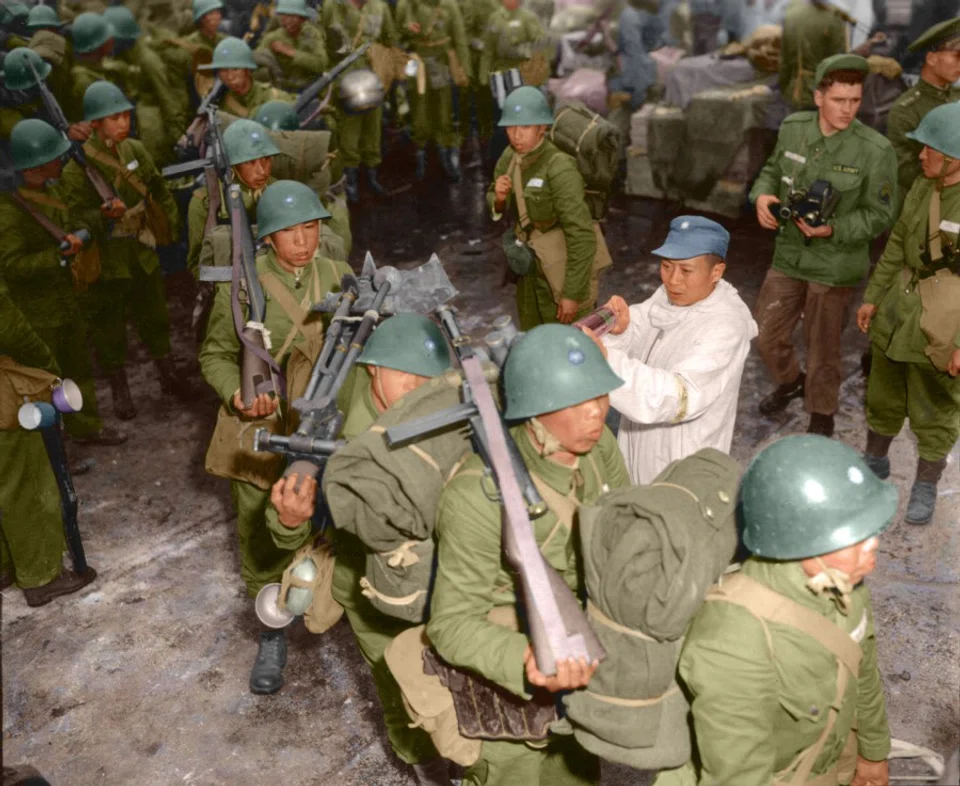
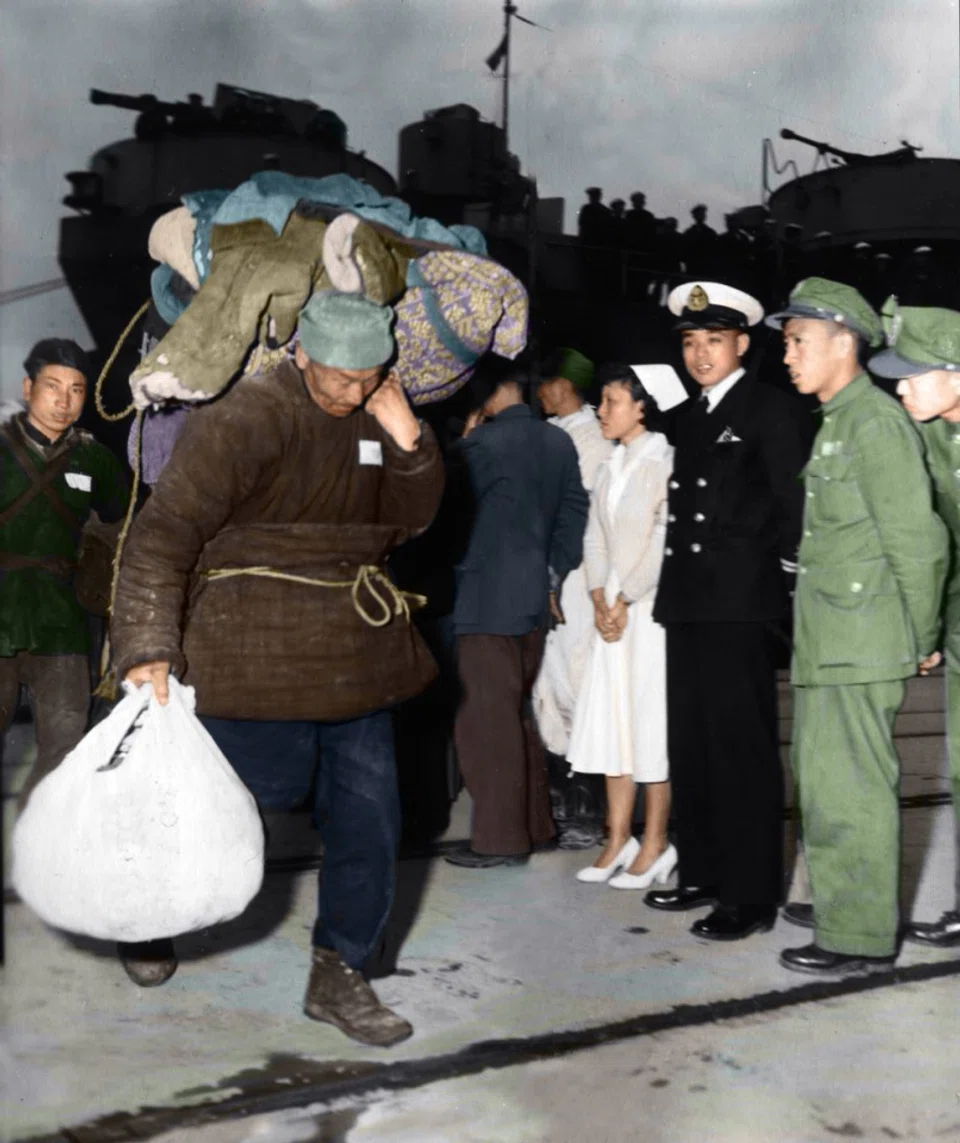
Diehard KMT guerillas in Myanmar and northern Thailand
Perhaps the most legendary was the story of the KMT guerillas operating in Myanmar and northern Thailand. They were Yunnan Nationalist troops led by General Li Mi. They refused to surrender and escaped into Myanmar, where they built a guerilla base. Initially, there were only 1,000 of them, but they grew in strength and started to carry out counterattacks against the mainland. This armed group alarmed Myanmar and Thailand, and after international mediation, some officers and their families were sent to Taiwan. However, many stayed in northern Thailand, where they remain today. The Thai government allowed them to stay as mercenaries, where they became a unique Chinese community with their own independent arms and cultural and educational system.
In 1954, the US and Taiwan signed the Sino-American Mutual Defense Treaty (MDT), stating their relationship as military allies, while also expanding cooperation in areas of government, economy, and society. The treaty did not interpret the legal status of Taiwan and Penghu. After the treaty was signed, the US established military bases in Taiwan, with the Central Intelligence Agency (CIA) helping to train Taiwanese pilots to handle high altitude reconnaissance aircraft. The Black Cat Squadron (the 35th squadron) and Black Bat Squadron (the 34th squadron) were formed, and carried out high altitude reconnaissance missions in the skies above mainland China.


Seeds of US-Taiwan discord sown
Tens of thousands of US army troops were stationed in Taiwan, where they brought in American-style leisure and entertainment culture. But although US-Taiwan military cooperation was at its peak, the overbearing attitude of the US also pricked the pride of Taiwan's intellectuals, planting the seeds of future conflict.

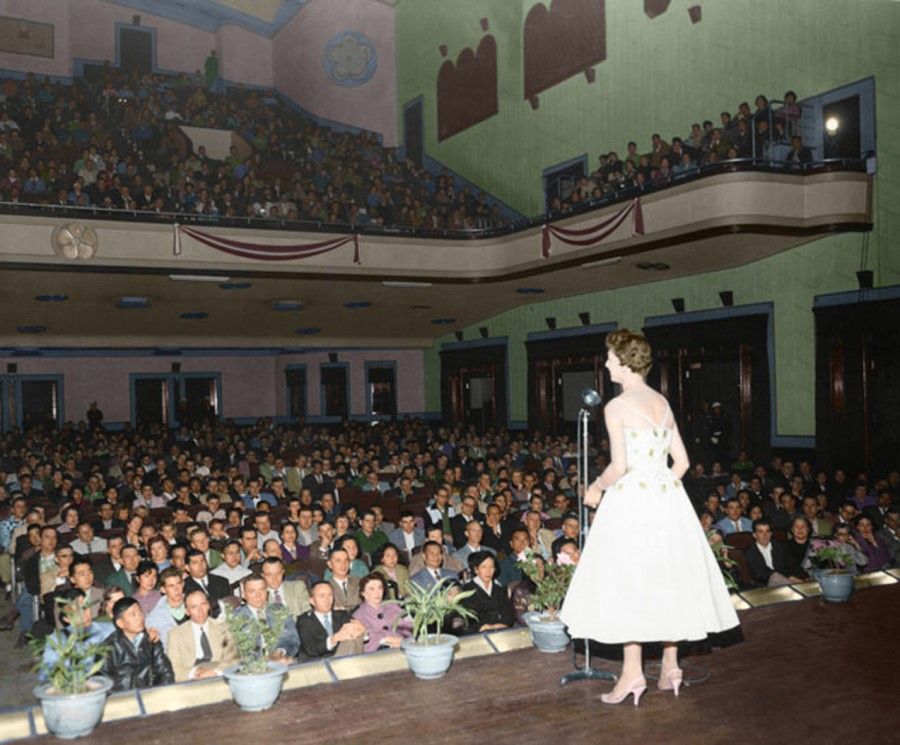
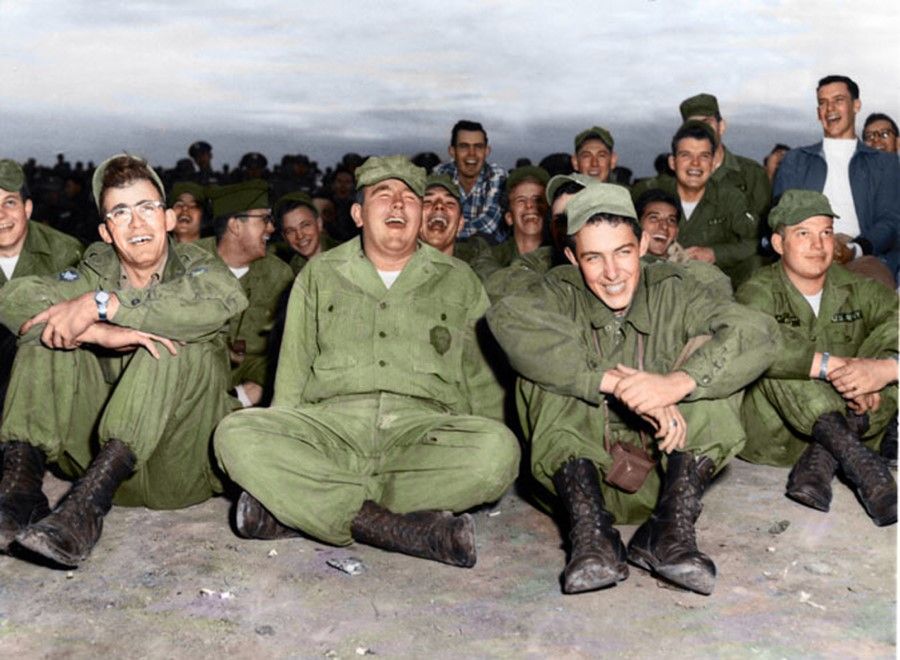
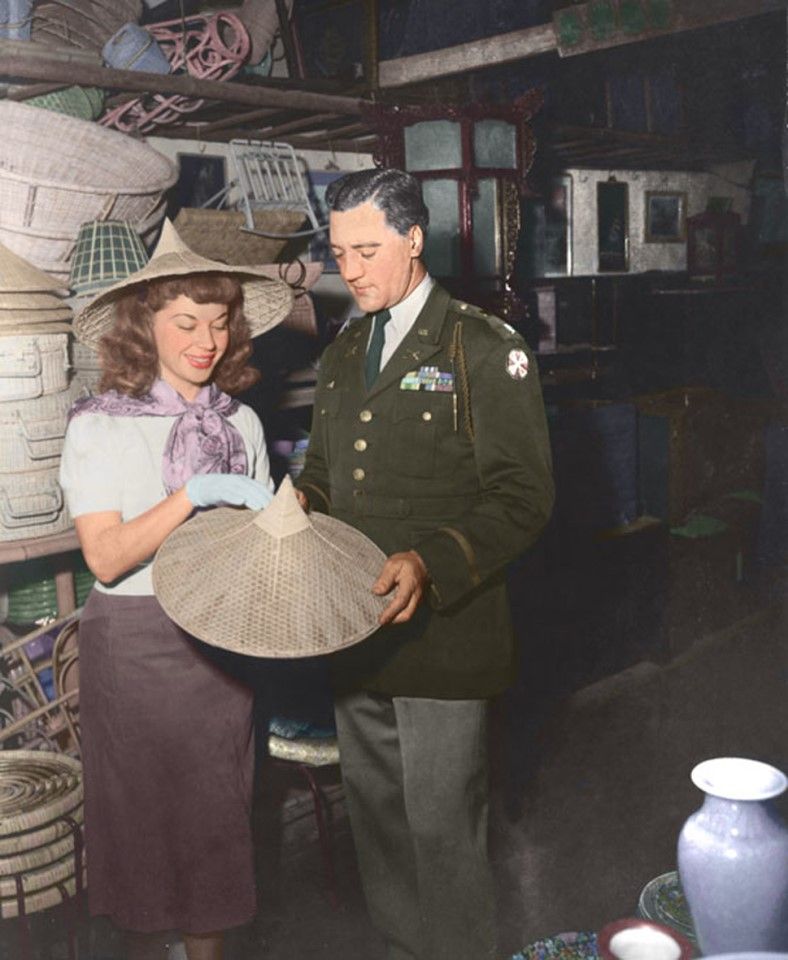
In 1957, Taiwanese academic researcher Liu Ziran was passing by US army residential quarters when he was shot and killed by US soldier Robert G. Reynolds. While the incident took place in Taiwan, the case came under the US military court, and Reynolds was acquitted and released. The incident immediately sparked anger among the Taiwanese, who surrounded the US embassy and even made it over the walls, overturning vehicles and damaging office facilities, and even ransacking drawers and cupboards to remove important documents. Although the Taiwanese government sent military police to restore order and arrest the culprits, most of them were released with light sentences. The incident led to some unhappiness in US-Taiwan relations, but in the general context of the US working with its allies to contain communist China, laws relating to US army jurisdiction were adjusted and the incident quickly blew over.
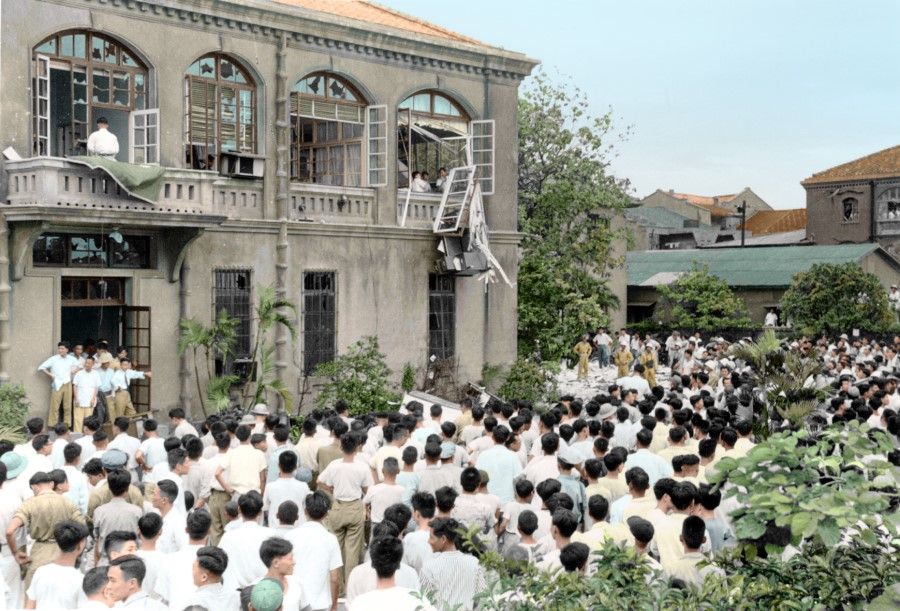
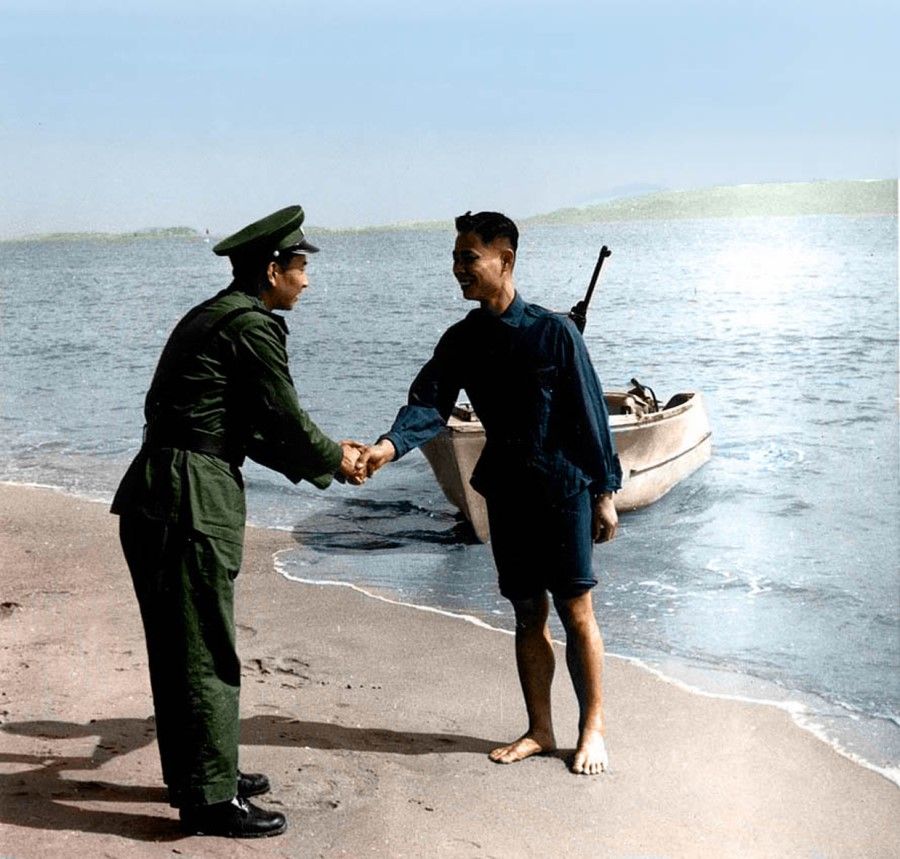
Mainland China and Taiwan's artillery brinkmanship in Kinmen
In August 1958, the PLA gathered in Fujian and set up multiple artillery bases - clouds of war threatened the Taiwan Strait. On 23 August, the artillery forces of the PLA in Fujian bombarded Kinmen. For about two hours, an estimated 27,000 missiles rained down unceasingly, transforming the sky and land, causing damage to military facilities and residences in Kinmen and human casualties, including the deaths of three of Kinmen's senior generals.
The Nationalist troops in Kinmen soon fought back, with intense fighting between the air and sea forces on both sides. The heavy bombing immediately drew international attention, and the PLA did not send troops to land in Kinmen, but blocked off the place by bombing it, forcing Chiang Kai-shek to pull out troops from Kinmen.
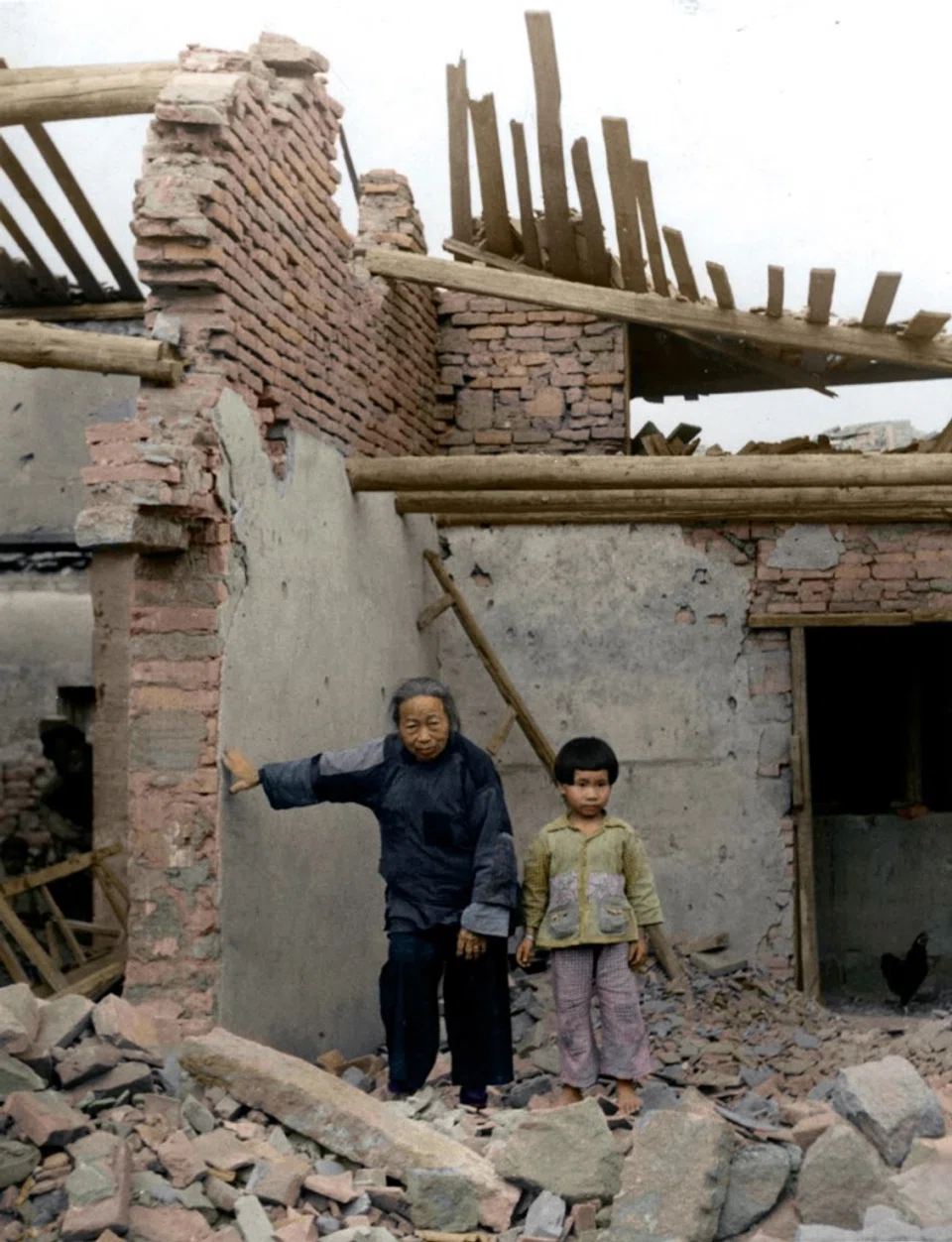
The US government immediately sent supplies to Kinmen, and lent support with new cannons to counterattack. On the other hand, it publicly declared that the US had no obligation to defend Kinmen, noting that the MDT did not include islands near Fujian such as Kinmen and Matsu. In fact, the US government suggested that Chiang Kai-shek give up Kinmen and Matsu, while the US Department of State referred to Taiwan's "uncertain" status. However, all this was firmly rejected by Chiang Kai-shek.
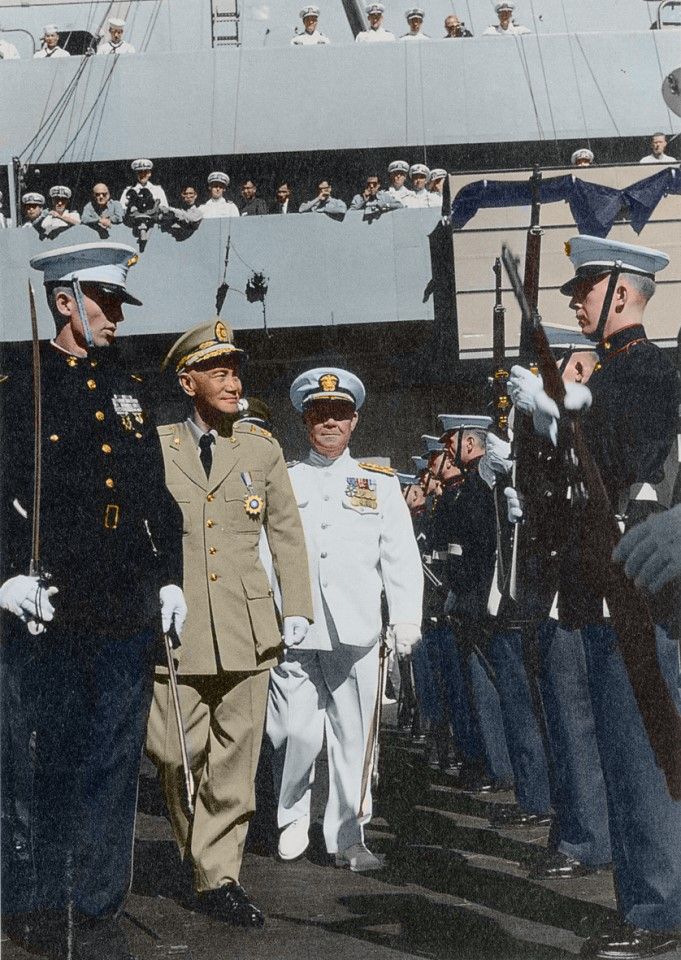

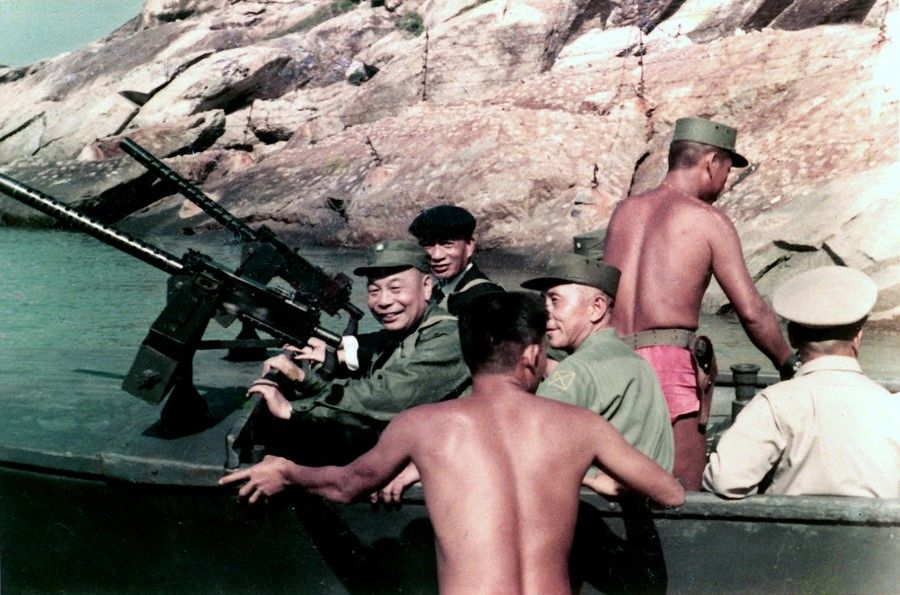

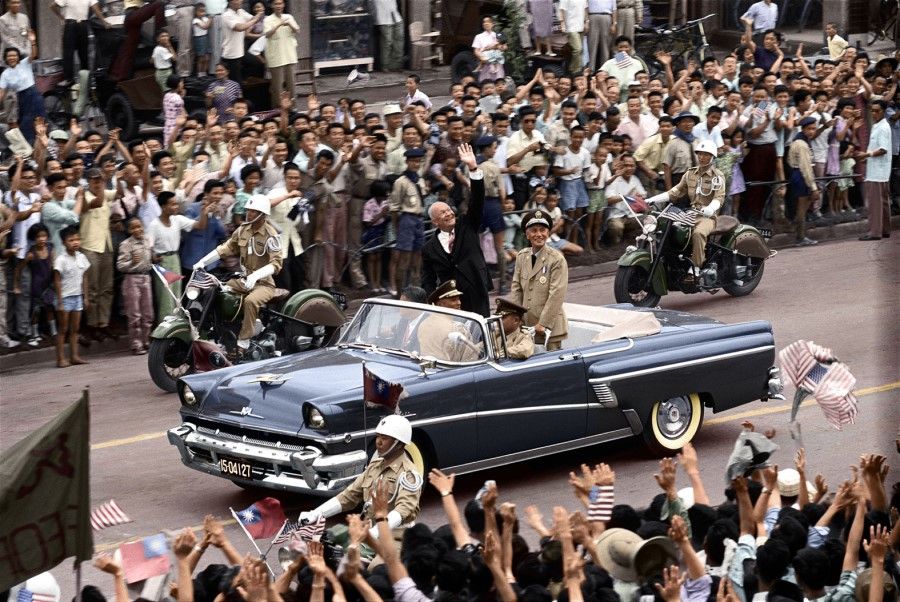

Mao thought wiser move was to leave Kinmen and Matsu in Chiang Kai-shek's hands
Historians have examined archival documents from both sides of the Taiwan Strait as well as the US government and come to a similar conclusion. Mao Zedong realised that if the KMT troops pulled out of Kinmen and Matsu and other islands off Fujian, and Taiwan came under the US army, given the huge disparity between the sea and air forces of China and the US, Taiwan might be forced to break away from China one day, and it might be better to let Kinmen and Matsu remain in Chiang Kai-shek's hands, and present the cross-Strait issue as an extension of China's civil war.
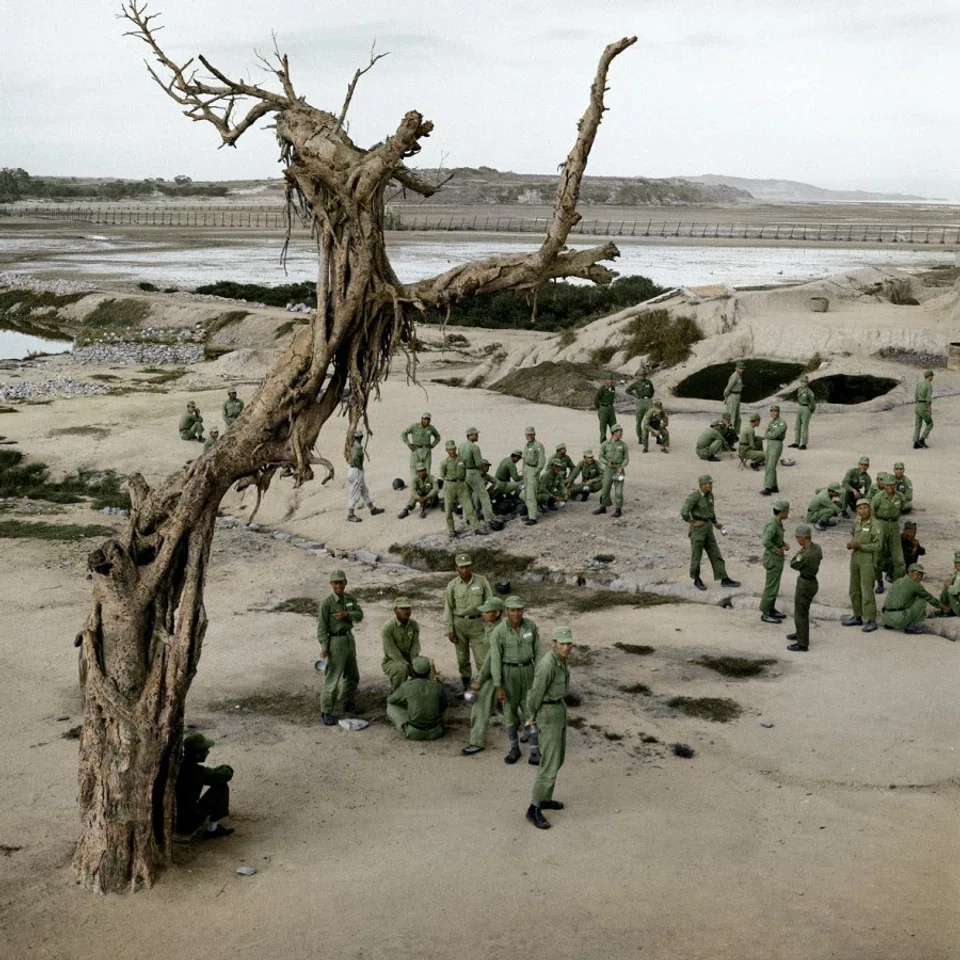
On 5 October, the PLA significantly reduced its bombardment - after that, there was just token fire between Kinmen and Xiamen, to show the world the nature of China's civil war. This was a consensus between Mao Zedong and Chiang Kai-shek to show the international community "One China", and to resist US interference in China's sovereign affairs and preserve China's territorial integrity. This was the complicated tussle between Mao Zedong, Chiang Kai-shek, and the US government, that is, the nexus between Chinese nationalism standing on a common front despite ideological opposition, and the international power struggle between major countries.
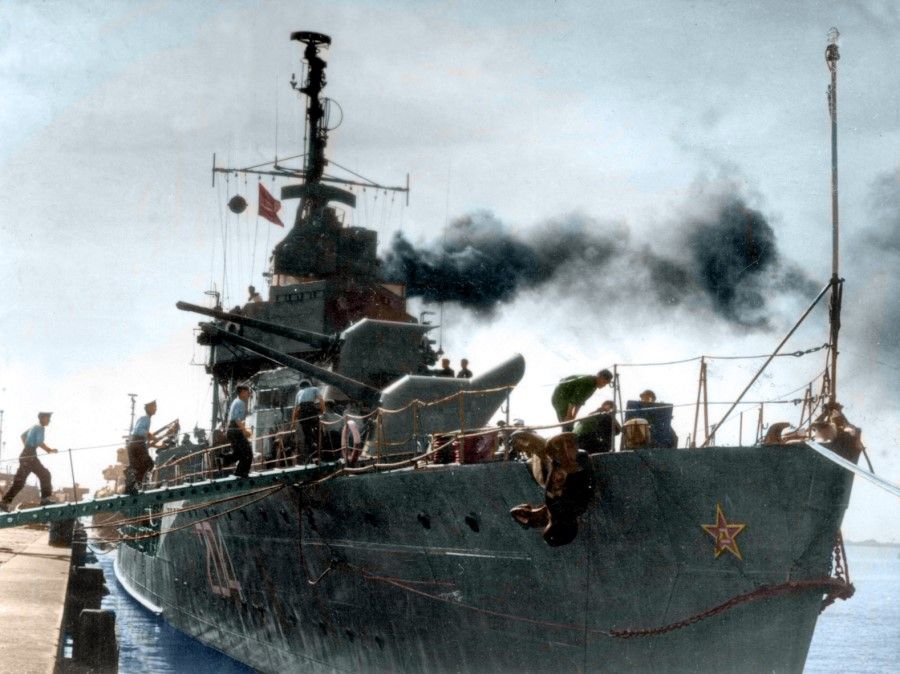
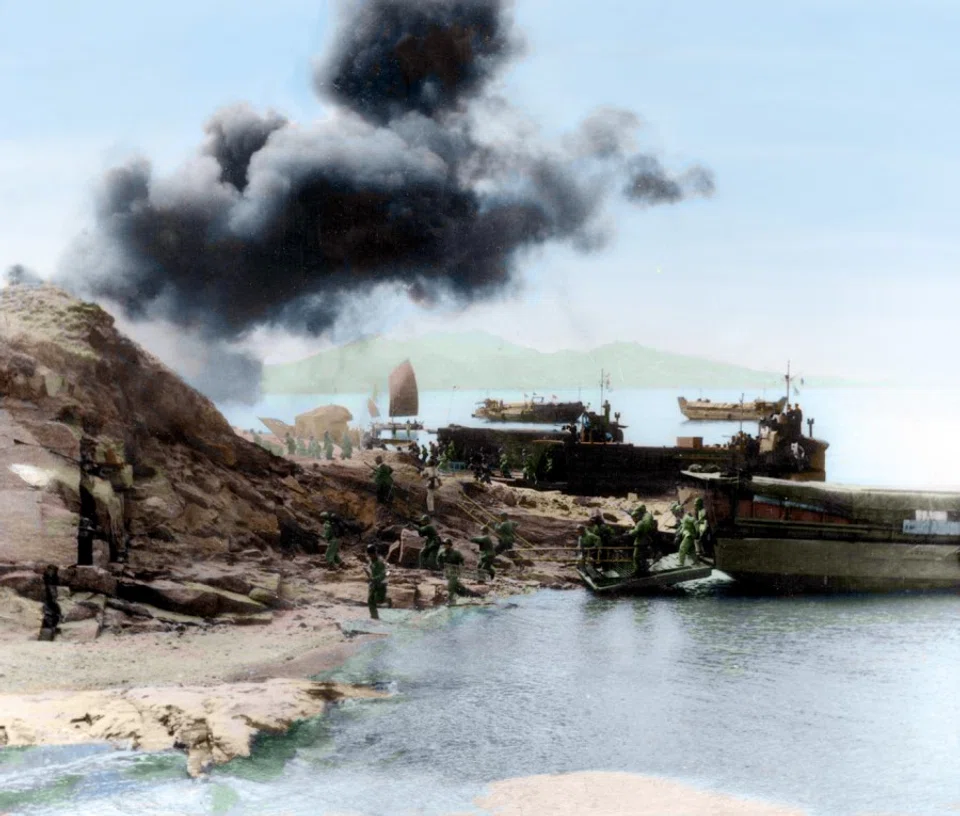
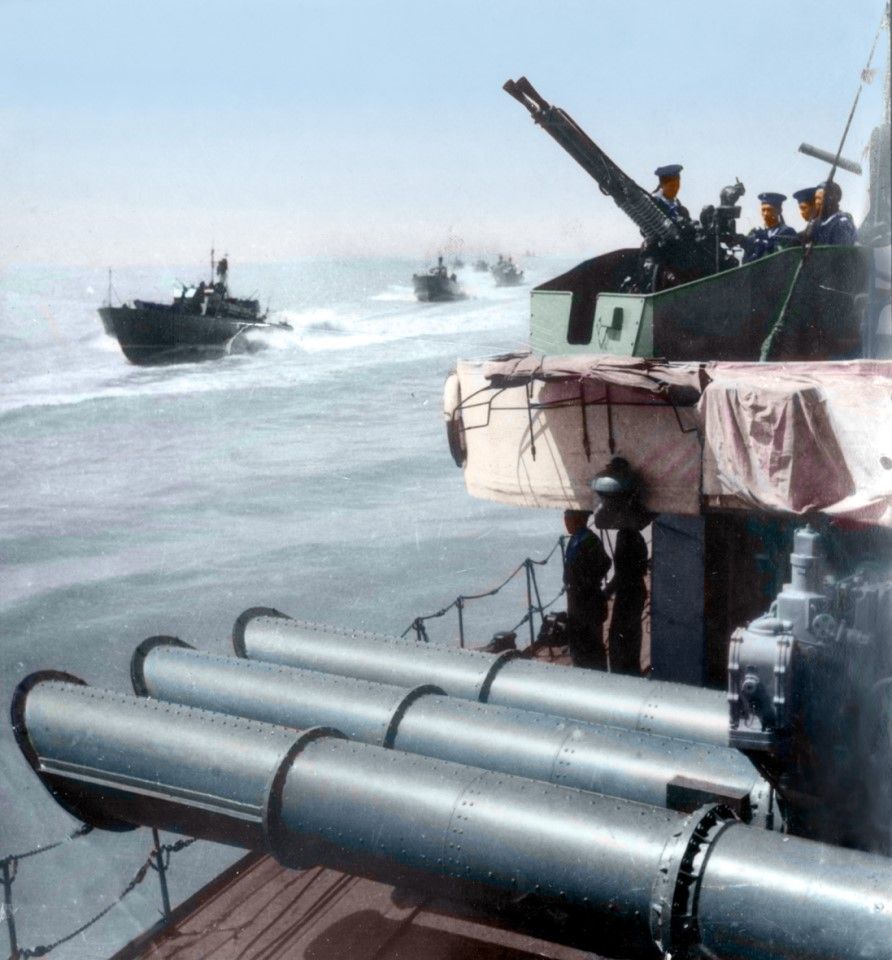
In June 1960, on his tour of the Far East, US President Dwight Eisenhower made a three-day visit to Taiwan, where 500,000 people lined the streets of Taipei to welcome him. In his speech, Eisenhower said: "Free China had an opportunity as well as a responsibility, to demonstrate to less-developed nations the way to economic growth in freedom. The ROC on Taiwan was in a position to show how a nation can achieve substantive strength and advance the well-being of its people without sacrificing its most valued traditions." His visit represented the peak of US-Taiwan relations.
At the time, Taiwan society was stable, and its economy was starting to grow rapidly. Chiang Kai-shek was firm on the one-China principle, and cross-strait relations entered a long period of peaceful development. In particular, after Chiang's plan to send commando troops into Guangdong, Fujian, and Shandong was gradually thwarted, he gave up his plan of a counterattack on the mainland.
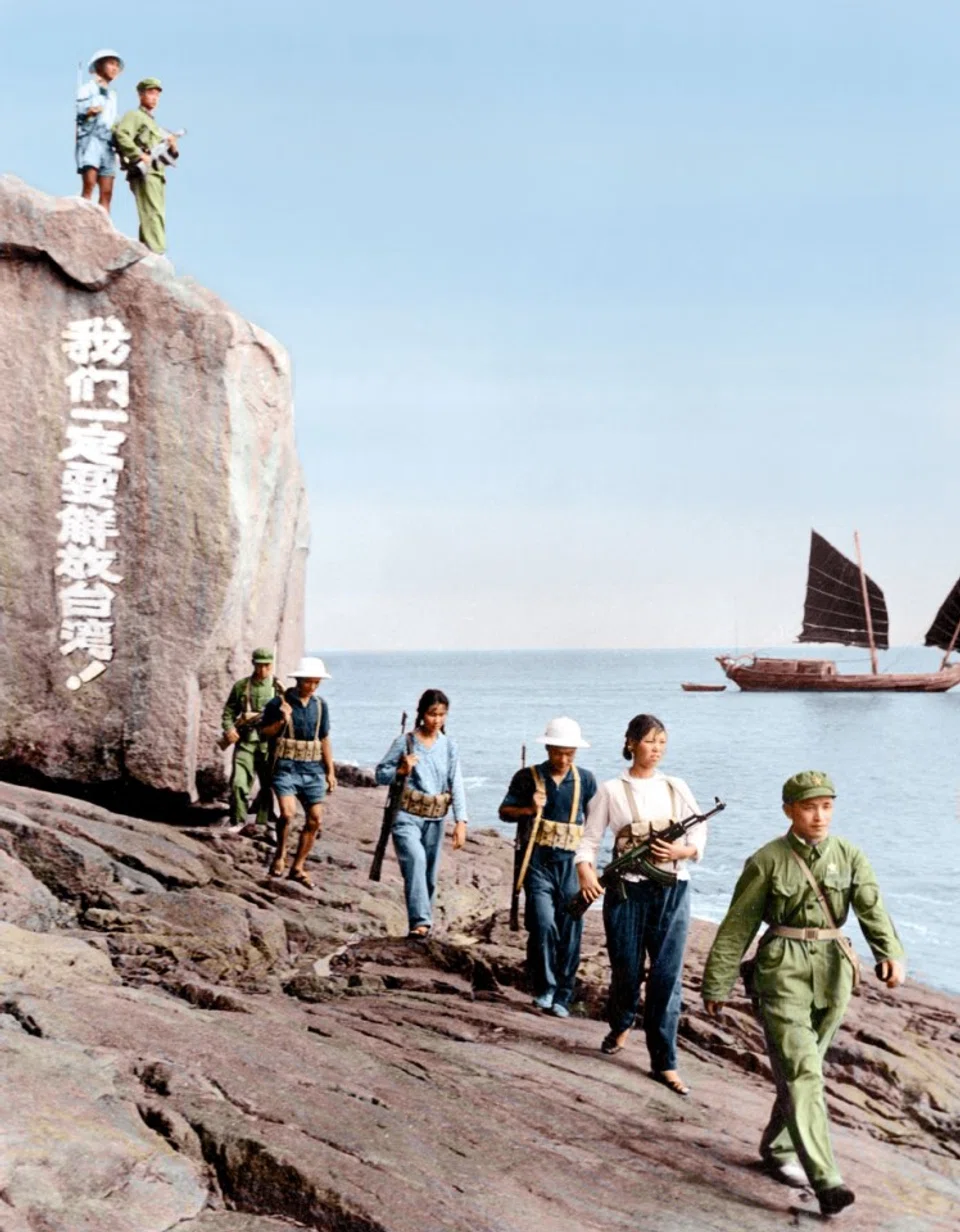
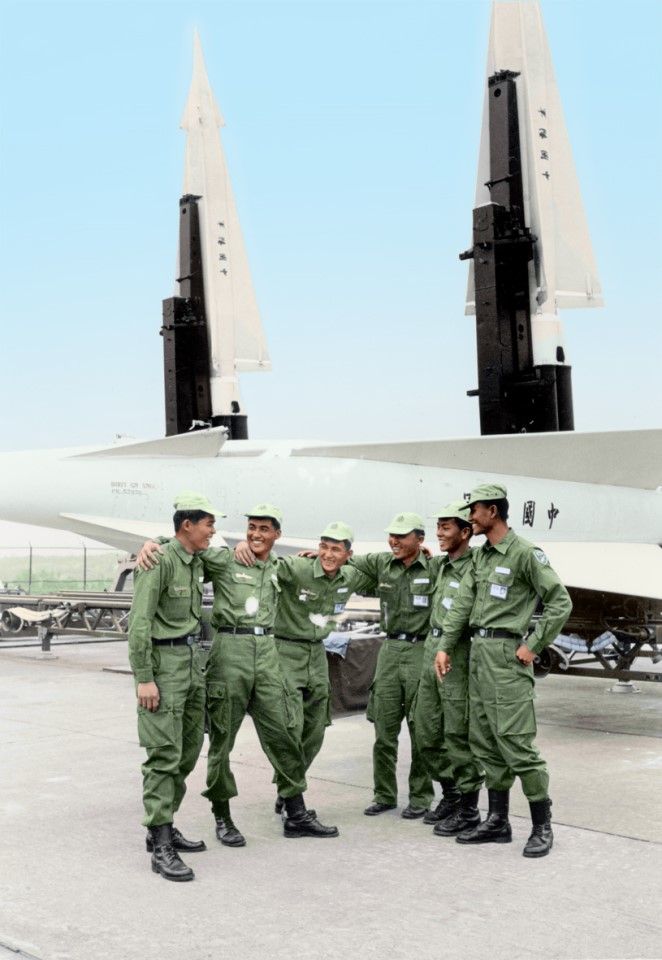
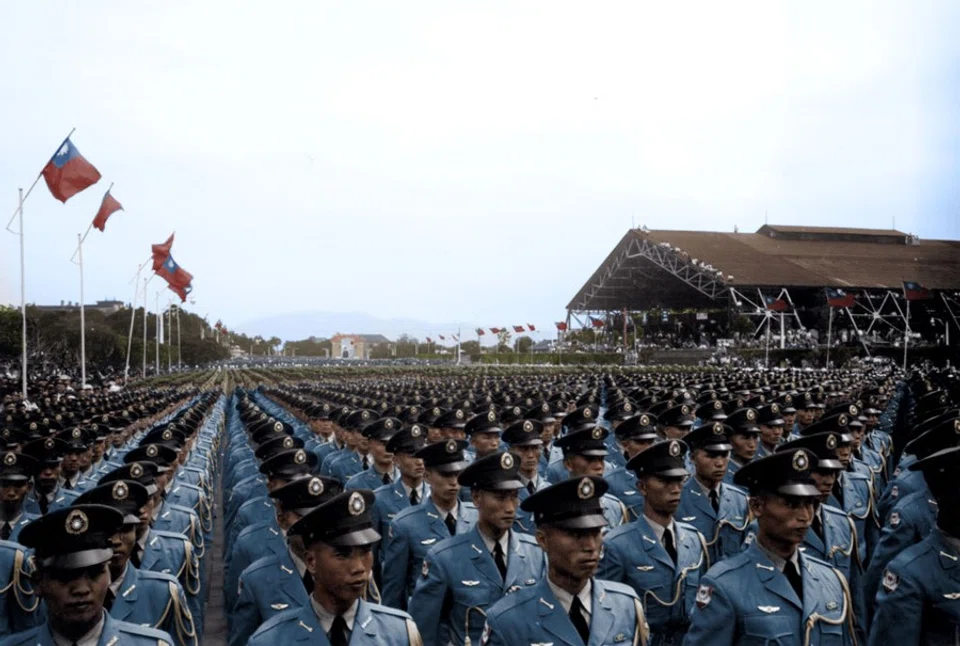
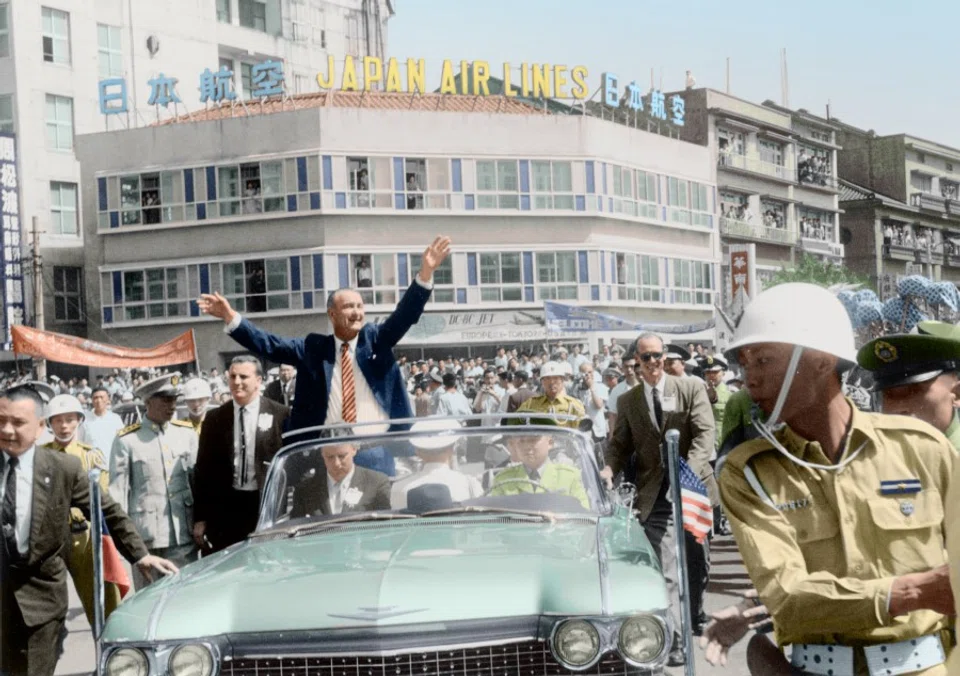
PRC and the US find common cause
In the late 1960s, as the Cultural Revolution swept through China, it had a major influence on left-wing forces in Third World countries. Conflicts also broke out between China and the Soviet Union due to their different approaches to communism as well as competition for international power. It began with mutual criticism, which developed into armed border clashes. At the time, the US and Soviet Union were caught in the Cold War, complete with its nuclear threat, while the US was also mired in the Vietnam War. The standoff between China and the Soviet Union provided new room to come together in the larger context of global strategy.

In 1971, the PRC government took over from the ROC government in representing China at the UN. In February 1972, US President Richard Nixon visited China and signed the Shanghai Communique, which said both countries would move towards normalisation of relations. In September that year, Japanese Prime Minister Kakuei Tanaka visited Beijing and normalised relations with China, while cutting relations with Taipei.
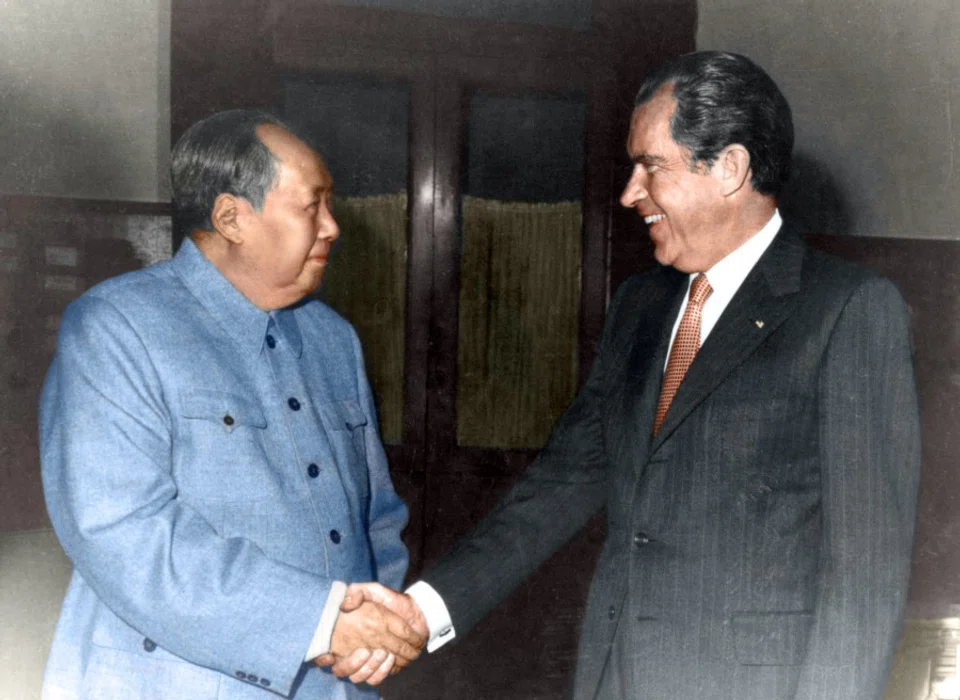
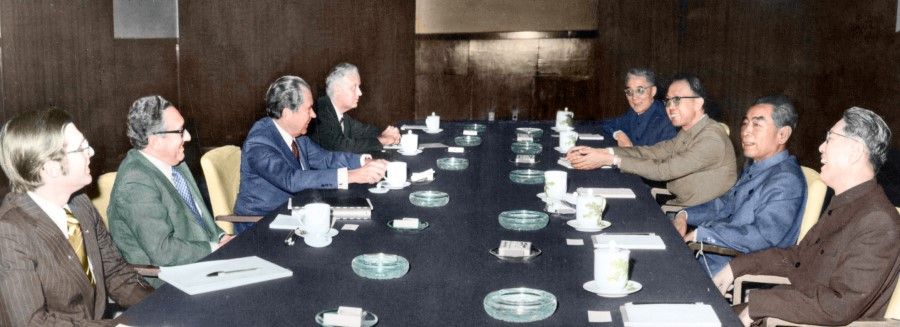
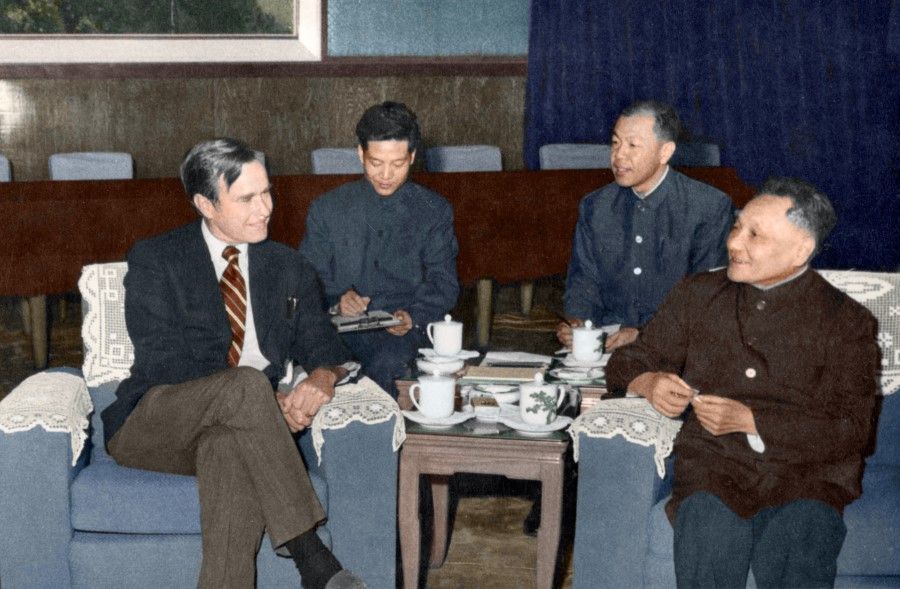
And in December 1978, the Carter administration in the US announced the establishment of diplomatic relations with Beijing while ending relations with Taipei. The Sino-American MDT was also repealed and US troops were pulled out from Taiwan. The US also accepted the interpretation of both sides of the Taiwan Strait being "one China", and Congress passed a bill to continue selling defence equipment to Taiwan. In January 1979, the PLA in Xiamen stopped its bombardment of Kinmen, and in 1981, the Chinese government announced its "peaceful unification, one country two systems" policy on Taiwan.
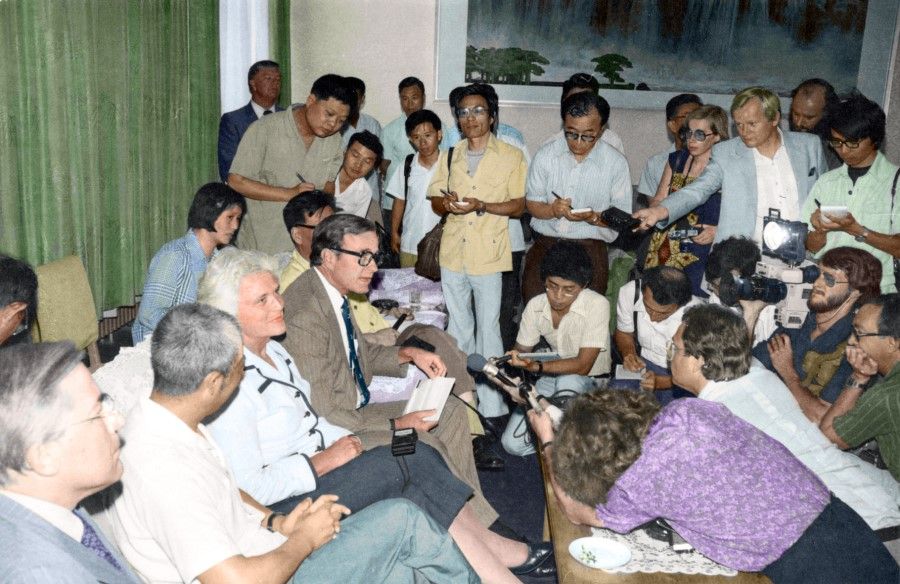
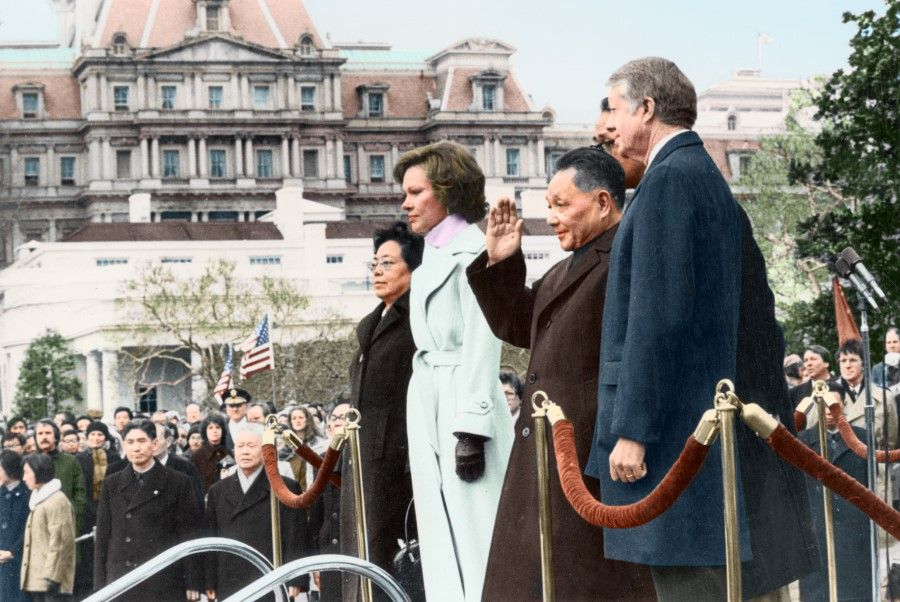
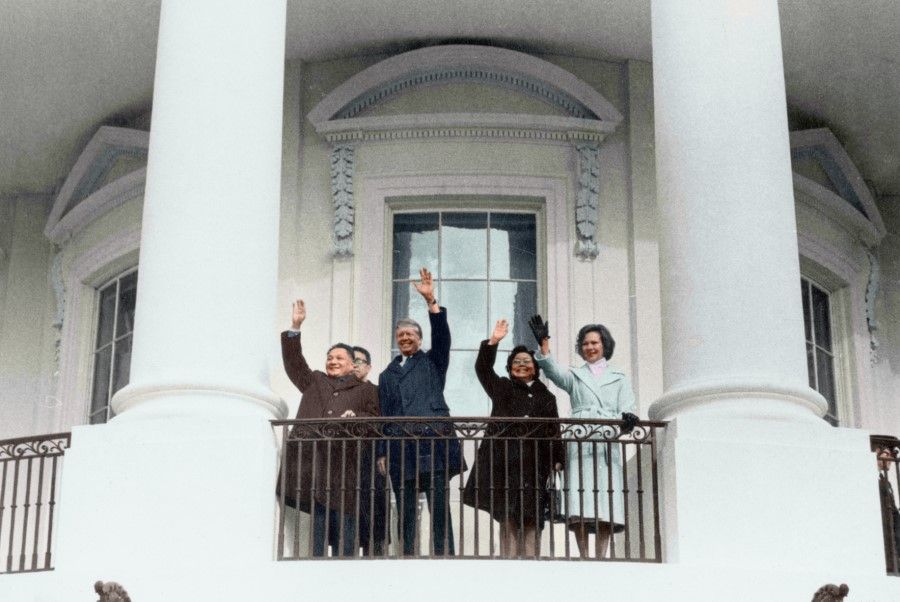
Looking back at the fierce fighting in the Taiwan Strait in the 1950s, it was an extension of the fighting between the KMT and CCP, and also a political and military strategy by the US to contain the expansion of communism in the West Pacific. The issues involved include the clash of national interests and also cooperation between China and the US, Taiwan's legal status, China's sovereignty, and the international political environment. All these remain key factors in China-US relations and the situation in the Taiwan Strait.
